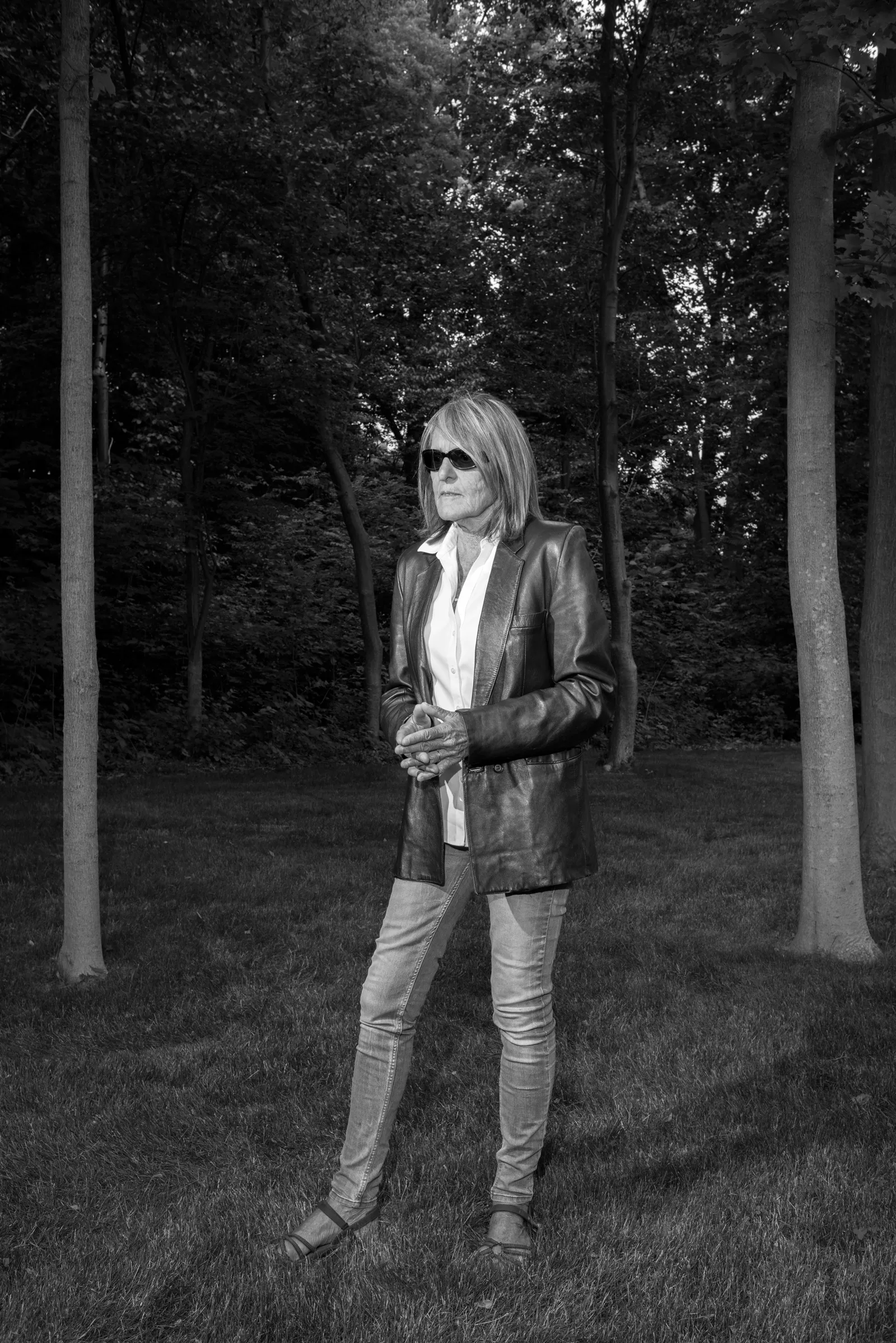
‘Published in 1988 and set in the Florida Keys, Joy Williams’s Breaking and Entering is a strange waking dream of a novel. Liberty and Willie, young married drifters, spend their days breaking into expensive, unoccupied houses, which abound along the Gulf of Mexico. They drink the owners’ champagne, shower in their enormous bathrooms, sleep in their beds, read their romance novels, attend parties at their private clubs. Willie and Liberty are not homeless—they have a rental they don’t like much, or bother locking, which sits under a giant banyan tree that Liberty greets when she returns to it because “it did no harm to keep in touch with the vegetable world.” Willie and Liberty are unemployed but have some money from his parents, from whom they are estranged. Willie says that his occupation is saving people—literally saving them, from drowning or choking or car accidents. He is aloof and cryptic and prone to disappearing; when Liberty asks him to lie down with her in one of the borrowed beds, he misunderstands her as asking for sex, when what she really wants (and what he doesn’t offer) is comfort. She fears their joint “fascination with the buzz saw, the stove’s red electric coil, the divider strip, the fierce oncoming light.”
‘Liberty, for her part, has saved Clem, an enormous Alsatian dog she found, near dead, as a puppy, and befriends two young children, Little Dot and Teddy, whom she cannot save. She is reserved, a depressive, “one of those wives,” Willie tells a chatty, clueless guard at one of the gated communities they break into. Liberty is preoccupied with her own barrenness: “Stolen houses made her think of babies all the time.”
‘Breaking and Entering is not an overtly political novel, but it makes you think about capitalism, waste, and the general threat posed by adult humans to everything they touch. Little Dot’s mother ties a rope leash around her daughter’s wrist to keep her from wandering off. Teddy is shuttled from activity to activity but prefers climbing Liberty’s banyan (“There are twenty-eight places to sit or lie on that tree,” he tells her). Houses breathe chilly air conditioning into the atmosphere; pelicans become tangled in fishing line and starve. The people in positions of relative power—the gatekeepers, the parents, the wealthy homeowners—are poor caretakers of anything but what they own. As Liberty notes, “They protected their possessions as though they had given birth to them.”
‘Breaking and Entering is a perfect novel to read on the cusp of adulthood, when trespassing remains an active interest, even a pastime. I trespassed all through my childhood—through fields and woods and sometimes into old barns and abandoned homes. In college, too, I was interested in rooftops, cemeteries, night swimming, examining specimens in the back rooms of the medical school. I liked to be anywhere that was empty and off limits, and I cultivated, too, an appreciation of the kind of odd, stylized encounter that Williams represents. I lived off campus, with a roommate who dropped out of school on the first day and would get up in the middle of the night to go to work at a bakery. I was always searching for jobs that would pay my rent while also allowing me time to read—I tried paid medical experiments, but fainted at the sight of needles. I worked during the week as a salesclerk in a fancy boutique, on weekends as a character at an amusement park. This was the person Sally Doud saw outside her office, every other Tuesday or Thursday, looking for a new book or words of encouragement. I wonder whether she noticed that I forgot to return this book, and whether she replaced it.
‘Because Breaking and Entering is also a fine novel to return to as an older person. A sort of test: Who have you become? Where are your allegiances now?—and do you really live a life in service to those allegiances? Do you turn away from strangers, from your own loved ones? Do you like to pee in the sand and look at the stars (like Little Dot)? Do you climb trees (like Teddy)? Are you preoccupied with owning things?
‘What do you make of a paragraph like this:
In the silence, Liberty could hear Clem drinking from his water bowl. One has these assumptions, Liberty thought, these foolish assumptions about life. This is the day that the Lord hath made—that sort of thing. It proceeds from sunrise to sunset. Dare, don’t adapt. Rejoice. Be truthful. Get enough rest. Take it easy on the sun and salt. Love. Reflect. Praise. Learn. As a child, Liberty had learned how to write with ascending accuracy between increasingly diminishing lines. That’s a child’s life. A child starts with intense admiration for the world. It’s him and the world. But there are too many messages. Most are worthless, but they still must be received. One must select and clarify. One must dismiss and forget. One is in a lighted room, then it turns dim. Inexplicably. One’s intense attachment turns to fear, then hate, then guilt. Finally, sorrow.
‘Do you sit in mystery, in wonderment? Does that paragraph make you cry? Do you recognize the “increasingly diminishing lines,” the light that “turns dim,” the path from attachment to fear to sorrow?
‘Joy Williams was forty-four when Breaking and Entering was published, two years older than I am now. It was her third novel, her fourth book. Recently my friend sent me a beautiful black-and-white photo of her—maybe taken around this time—rowing a boat with a German shepherd as her passenger, smiling big, in some river or tributary. Looking at it I think of my professor, Sally Doud, and her sly but welcoming smile, her door always open—just a crack—the air around it faintly clouded by smoke.
‘To be young is to be in a space that belongs, always, to someone else. The young are always trespassing, and getting older seems to be carving out space, possessions, territory that is ours alone. Life’s encounters become less stylized. But the genius of Joy Williams, and this novel especially, is that her allegiance remains steadfastly with the young, even as she recognizes that there is a tide of life that carries us away from wonder and in the direction of fear.
‘Perhaps by watching the young we can relearn our wonder, our attachment to one another rather than to things. The other day I was in a poetry writing workshop at my university. The poet Kaveh Akbar was leading us through a series of exercises designed to connect us back to our unconscious, back to a sense of awed bewilderment. It was a two-hour workshop, held in a large room we had reserved in our library, a place where students often gather to work on homework or read between classes. We kept the door propped slightly open, and near the end of the workshop, as Akbar read a long, intensely personal poem of his own to us, a student wandered in. Akbar paused in his reading and said, “Hello, welcome.” The student nodded and said, “What’s up?” then sat down in one of the few remaining chairs.
‘I watched the student, curious to see whether he would get up and leave—he hadn’t registered for our workshop, and clearly was there by accident. But he stayed, and took his backpack off as Akbar returned to the poem, and during the question-and-answer period he raised his hand. “How does your mind go to a place,” he wanted to know, “where you can write this poem?”
‘It was an unanswerable question, in its way, but important. It was the question of a person who has not lost his admiration for the world or his ability to trespass. It was a reminder to keep the door open, always.’ — Belle Boggs
____
Further
Joy Williams Does Not Write for Humanity
JW @ goodreads
Joy Williams, The Art of Fiction No. 223
The Misanthropic Genius of Joy Williams
What is the point of an environmental-literary cynic?
‘Great, Beautiful, Terrifying’, Joy Williams on Cormac McCarthy
Directly to the Heart: An Interview With Joy Williams
“Maybe More People Should Have Writer’s Block.”
‘Web’, by Joy Williams
My Son the Medium Can’t Even Tell Me Why We’re Here
Joy Williams Explains How to Write a Short Story
The Consolation of Joy Williams
Q&A with author Joy Williams
50 Reasons Why You Should Read Joy Williams
____
Extras
Joy Williams: National Book Festival 2021
Live! At the Library: Joy Williams
UA Prose Series: Joy Williams
Joy Williams Reading an Essay at the William Gaddis Centenary Conference
____________
Box of index cards with notes for Breaking and Entering
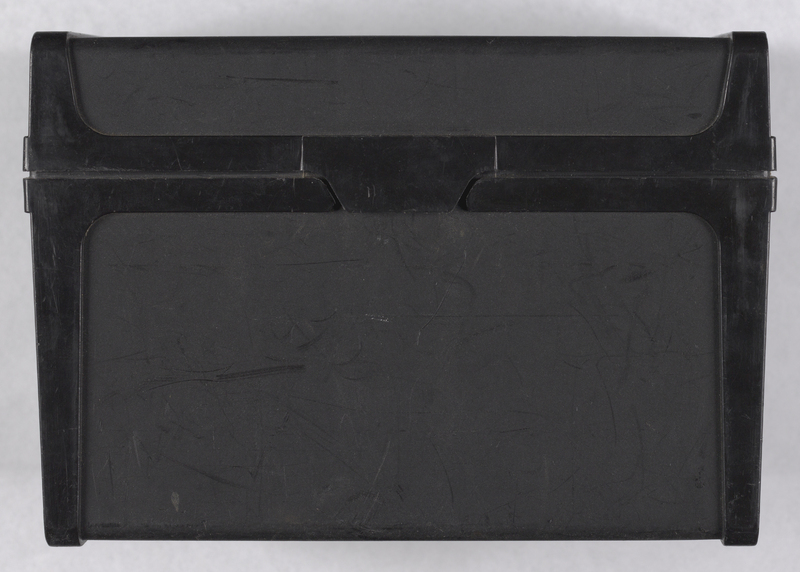
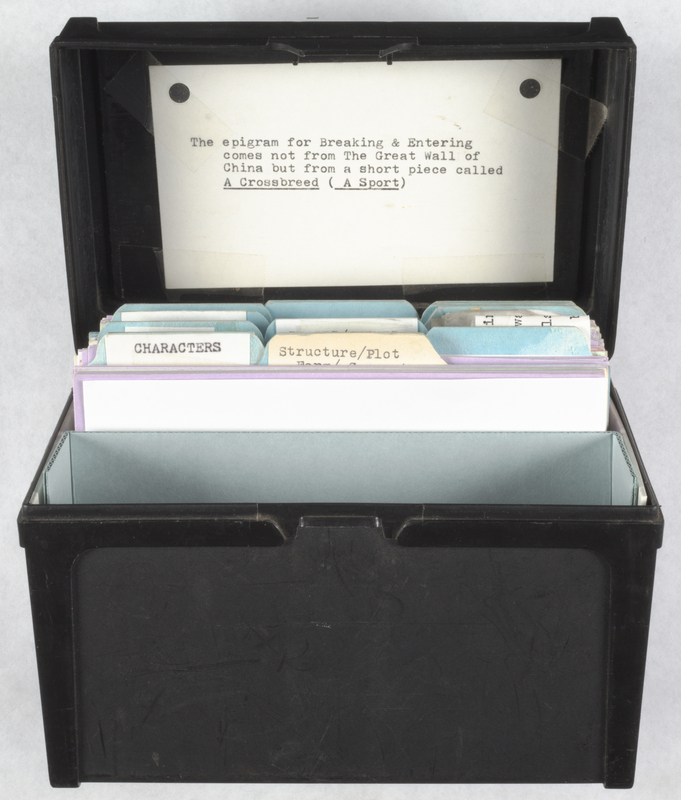
_________
Manuscript page
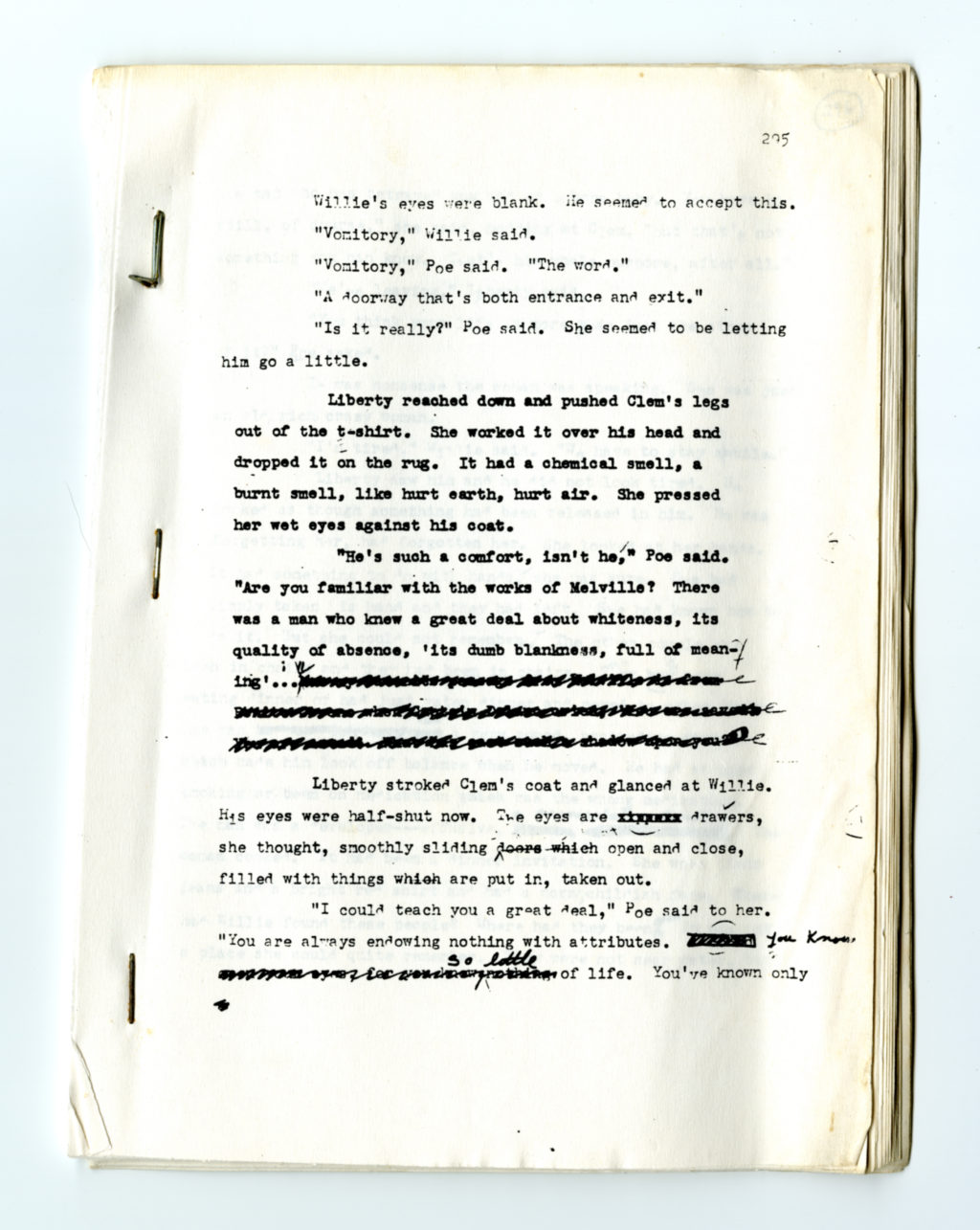
______
Interview
by Rebecca Bengal
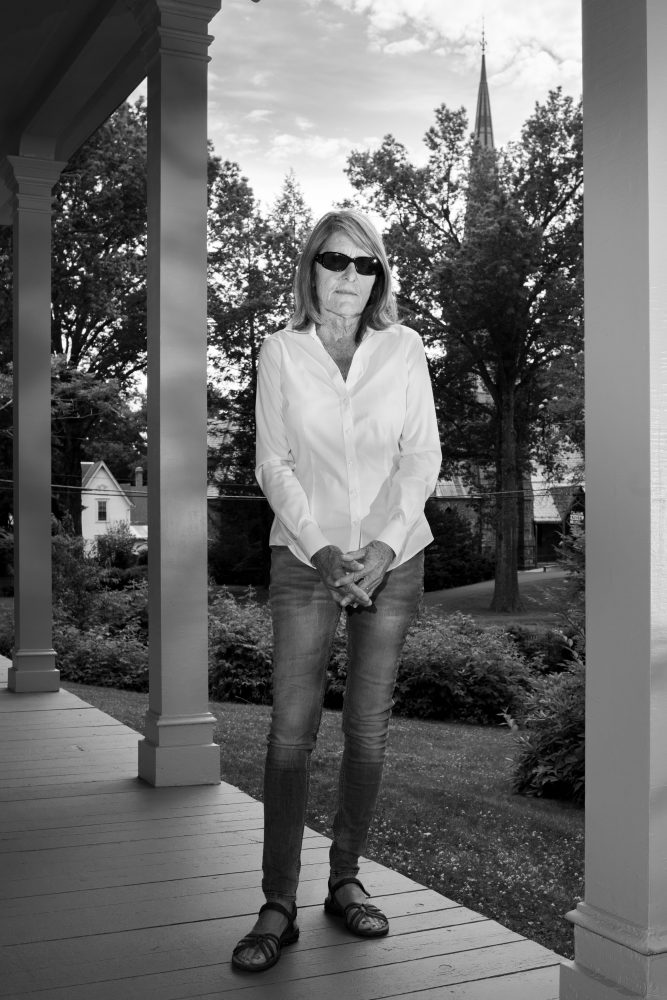
The language your characters speak and think in is untrendy. It’s not tied to slang, yet it’s always exactly right, no matter when it is from—even when you write from the perspective of teenage girls, which you frequently do.
That’s because they’re so desperate to become. They’re desperate to make themselves understood, to discover what they want to say. And maybe that’s what keeps the stories in motion.
Do you think there are people out there who really are devoted to the short story rather than the novel? We’re talking about a very small group of people who care about literature, about writing in general, and why they care about the short story rather than the novel.
I guess I’m far more likely to be disappointed by novels. They can so often fail to deliver on their promise, they burn out. When they don’t work I think it’s because they’re loaded with the extra things that a good story is stripped of. But what do you think? And has your idea of what a short story should be changed for you over decades of writing them?
No, I don’t think it really has. I mean, these are the characters, this is their moment, they’ll never be heard from again. Even if they don’t recognize that this moment is integral to what their life will become and what it’s been. After O’Connor, it’s the mark of a good story whether a moment of grace is offered or not. Whether it’s accepted or not is irrelevant, whether it’s recognized, but it’s there, it’s in the story. This is another angle on their life. This is the mustard seed of their life, within the story.
But I don’t believe I know “how” to write a novel. I don’t have the board or the organization or the family tree. With the story it’s the same way. Any rules I have are rather abstract. Powell’s Books asked me to do a list: rules for the short story and one way it differs from the novel. I said that a novel tries to befriend you and the short story almost never. That was my distinction. A novel is like that, isn’t it? You read it in bed, or in your hammock, you spend a long time with it. And then there’s the short story, you know, bang!
And maybe that’s why I often feel that way about the novel—at least, when it doesn’t work—that it can then be the false friend who betrays you.
Oh, I like that.
Do you ever feel that way? About certain novels, that is.
Well, I return to certain novels like old friends. But they’re odd novels, like Malcolm Lowry’s Under the Volcano. Or Barbara Gowdy’s The White Bone.
Yes. Some of the gloomy greats, as you’ve called them. You’re working on a new novel now.
That novel’s finished. But I’ve got to revise it.
And you’re not a big reviser.
No, I never was. And that’s why some of the advice I give to writing students, I don’t know if I even agree with it. They go back and back and back, and it just loses more of the juice, I think.
But do you ever discard things as you go? And if so, do you ever go back to those things?
I don’t, really. I’m very thrifty that way. I don’t cannibalize them, either. Once I get involved in a story, I just try to make it as perfect and complete as I can and not think of it as a drawer of parts for something else.
That makes me think of this, the ending of a version of your essay “Why I Write,” when you speak of DeLillo: “I said that he was like a great shark moving hidden in our midst, beneath the din and wreck of the moment, at apocalyptic ease in the very elements of our psyche and our times that are most troublesome to us, that we most fear. Why do I write? Because I wanna be a great shark, too. Another shark. A different shark, in a different part of the ocean. The ocean is vast.”
Right, my part of the ocean—what is my part of the ocean? Didn’t they drag up all those poor creatures, the one that has survived happily for eons or something and they found it and they got to figure how it survived and managed to elude—that’s the part of the ocean I want to be in.
Circling around each other in your distinct parts of the ocean. The two different worlds, different Americas.
You know, critics want you to go and “capture the American experience.” But I don’t think you can, consciously. So much of it is unconscious. To think of all that you lose when you’re not sitting there at that desk—just with the knowledge, I want to work, I haven’t been working, I should be working. I have to sit there and wait until something starts to stir itself. That’s how it has to happen. Just think of all we’ve missed because we’re experiencing the American experience instead of going to the desk and sitting down.
___
Book
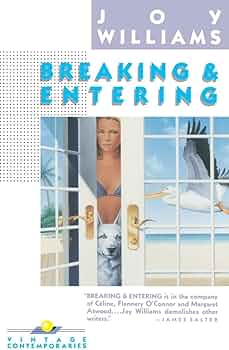 Joy Williams Breaking and Entering
Joy Williams Breaking and Entering
Vintage
‘This compassionate and original book is about love and loneliness and courage in the new wilderness of out atomized society. It is also funny, awful and gruesomely Floridian without sacrificing its seriousness. Joy Williams is as fine a writer as you heard she was.’ — Thomas McGuane
‘An ominous and enthralling novel …. truly significant fiction, of which there is not very much around. Breaking and Entering reminds me again that life is short; it is also very wide.’ — Jim Harrison
‘To put it simply, Joy Williams is the most gifted writer of her generation. For her, the human personality is of most interest and most truth when it is under the most extreme pressure…. This notion of truth emerges in Joy Williams’s work in a complete Americanness of setting, language, and psychology that I find to be of great beauty and meaning.’ — Harold Brodkey
Excerpt











*
p.s. Hey. ** Charalampos, Hi. I’ve never heard them described that way, but I can imagine that happening. I think the reason is because people usually only see them in groups looking for food. If you observe them when they’re living and hanging out more privately, you get that they’re much more individualistic and interesting than they often appear. That’s my favourite Purdy, and the West novel is great. Yes, I read lots of articles and things about Corll before I wrote ‘Jerk’. He was the first serial killer I’d ever heard of, and I was fascinated. Love from cloudy but not overly cold Paris. ** Dominik, Hi!!! Record stores are special. And not just in a nostalgic way. I know people who’ve been driving for decades and are still nervous wrecks behind the wheel, but they’re rarities. Upward intake on the vitamins then. Do you know which one is missing? Well, practically speaking, I would ask love to reopen Bimbo Tower here in Paris. An amazing, weird store, and there’s been a real hole out there ever since it closed. Expressing my thanks to love who surely had a part in buying me a new desk chair yesterday with wheels (!) so I can roll around the room like in the movies, G. ** adrian, Bonjour! It’s staring me in the face, and I’m excited. Amsterdam has a porn festival? I only knew about the Berlin one. Zac’s and my first film played there, and, even though it’s meant to be a porn-shaped movie with no (or hardly any) sex, they still didn’t boo. We were worried. I want pizza. I’ve been dying for pizza. My favorite pizza place here closed suddenly, and I’ve been in mourning, but life and eating must go on. Excellent on the score re: your thesis supervisor. And, you know, that she has, ahem, such good taste. Concerto! When I lived in Amsterdam in the mid-80s I shopped at Concerto all the time. It blows my mind that it still exists. It used to be very good back when vinyl was the only option. Cool, tell me how it is. Good day to you! Mine’s work-y, but I’m in the mood to work hard, so it’ll be a pleasure. ** _Black_Acrylic, Hi. When I posted the original Dead Record Stores #1 post it was before the big vinyl comeback, and it felt much, much grimmer. Interesting. ** Misanthrope, Hi. Oh, really, about dying bookstores? In LA at least, they’ve made a huge comeback. There are more really good bookstores there now than in the pre-Amazon days. Interesting that you imagine me preferring serial killers’ teeth instead of serial killers’ victims’ teeth. The latter is something I can almost imagine myself collecting. ** Jack Skelley, Rhino was a mecca for me too. And PooBah Records in Pasadena, which may still exist. And Arons. I think you know John Rechy lived a block away from me for years and years. Total prima donna. Love, Jackie Collins. ** Mark, Hi. It pains me that I don’t have a record player here, but I don’t, because, yes, I barely have room for the books I keep seeming to think I need to have. Disco vinyl is worth a pretty penny. I was, of course, an anti-disco punk rocker back then, so I’m bereft. But I do some awfully valuable punk 45s somewhere. ** Justin, Hi, Justin. I was actually surprised not to find more Portland entries for the post, but maybe they’re all still alive. I read ‘Container’ on video.?Huh. There’s a lot of early (as in ‘too’) in ‘Wrong’, but I do still like ‘Container’. Nice, thank you. Are you guys getting any Pineapple Express action up there? ** Tosh Berman, It’s true: when I think of record stores, I think of you. Crazy that Rockaway is still there. That’s something. I loved Arons even though I get why Amoeba kind of made it superfluous. Bomp! was great. Greg Shaw was a real cool guy. Did you know him? ** Fredrik Nilsen, Hey, Fred! Whoa! Super great to see you here, old chum! Shit, okay, I’ll go delete Earwax Records from the graveyard. I must’ve read its signals wrong. Thanks about the blog and ‘I Wished’. man. I’d love to see you. Next LA jaunt, let’s coffee up together or something. Hugs and love from Paris! ** Bill, Hi. You went to Crazy Eddie? I walked by it a billion times, but I never set foot. Welcome to the other side of the seemingly overhyped deluge. I just got tickets to the upcoming Presences Electronique Festival. Some pretty good things this year. ** JG, Well, hey to you! Wow, it’s a major refresher to see you, pal! Lovely reminiscence. How are you? What’s going on? I’m all ears, or, wait, eyes. ** Steve Erickson, Hi. No, no clue on why it was closed. That is really strange that Rough Trade survived the move without dying immediately or ‘selling out’, whatever that would involve. I don’t have a record player so I almost never go to record stores here. It’s too painful. Everyone, Steve Erickson’s ‘February music roundup for Gay City News, covering Brittany Howard and Astrit Ismaili, is out‘ ** Guy, Hi I have no idea what’s going between your email and mine, but, no, I haven’t received it. Very strange. And vexing. Shit. I’m going to see if my email has some kind of option to search my storage in extreme detail or something, because it seems inexplicable. I’ll do my utmost to finish the little collection, thank you! At the moment it’s looking … likely? Bisous! ** Darbyy🐖🐷, Uh, that’s a good reason to get heat. Given that ‘I Have No Mouth But I Must Scream’ is one of the all-time great titles, I accept your comparison with bells on. It’s awfully nice to see your current physical incarnation. Such expressive eyes, my friend! And pretty good scrubs. I think that was the Monster in question. I don’t know if French Monsters look different from American ones. I’m so happy I don’t eat pigs and have no nostalgia around what pork looked or smelled or tasted like when I was a child who still ate in such an evil way. You ever seen that movie ‘Babe’? A lot of people think it’s just sentimental dreck, but it’s actually a great and kind of perfect movie, if you ask me. Verbosity is in the eye of the beholder, and I detected none. ** Uday, Hi. Being an LA resident in 80s, Missing Persons were inescapable. And, you know, their songs are kind of cheap thrills even now. Bob Flanagan and I were super great friends. As was Sheree Rose. We were all in a poet/weirdo posse together. Good about the grant headway. Is that interesting to talk about? I will alert you upon my return to that country because it would be big fun to hang out. ** Joe, Hi, Joe! I’m all mp3s now too. I don’t even have a CD playing option anymore. I do miss packaging. Sometimes. I still have …. mm, most of my lifelong accumulation of vinyl and CDs and cassettes. Lots of things that I really should sell since they’re probably worth a ton. They’re all in LA. Just sound files here. Loveliest day, my friend. ** Okay. I haven’t turned the blog’s spotlight onto a book by the great, great Joy Williams in several years, so I did. Glory in her glory. See you tomorrow.
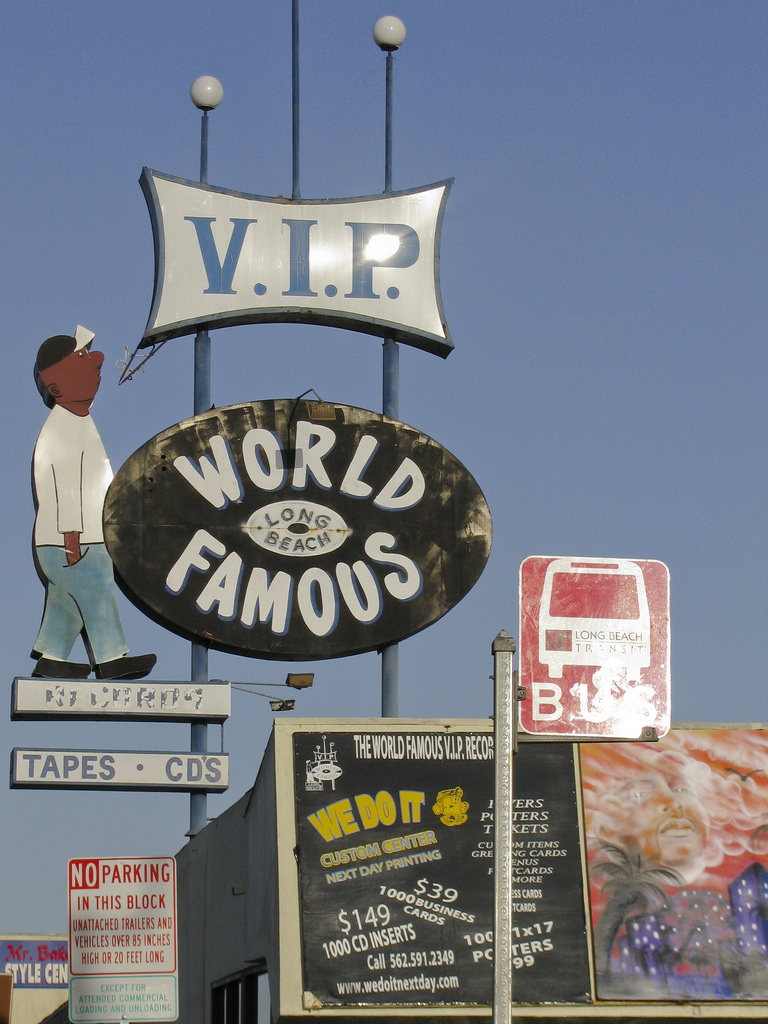

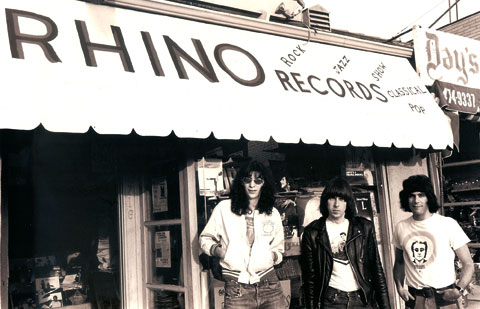
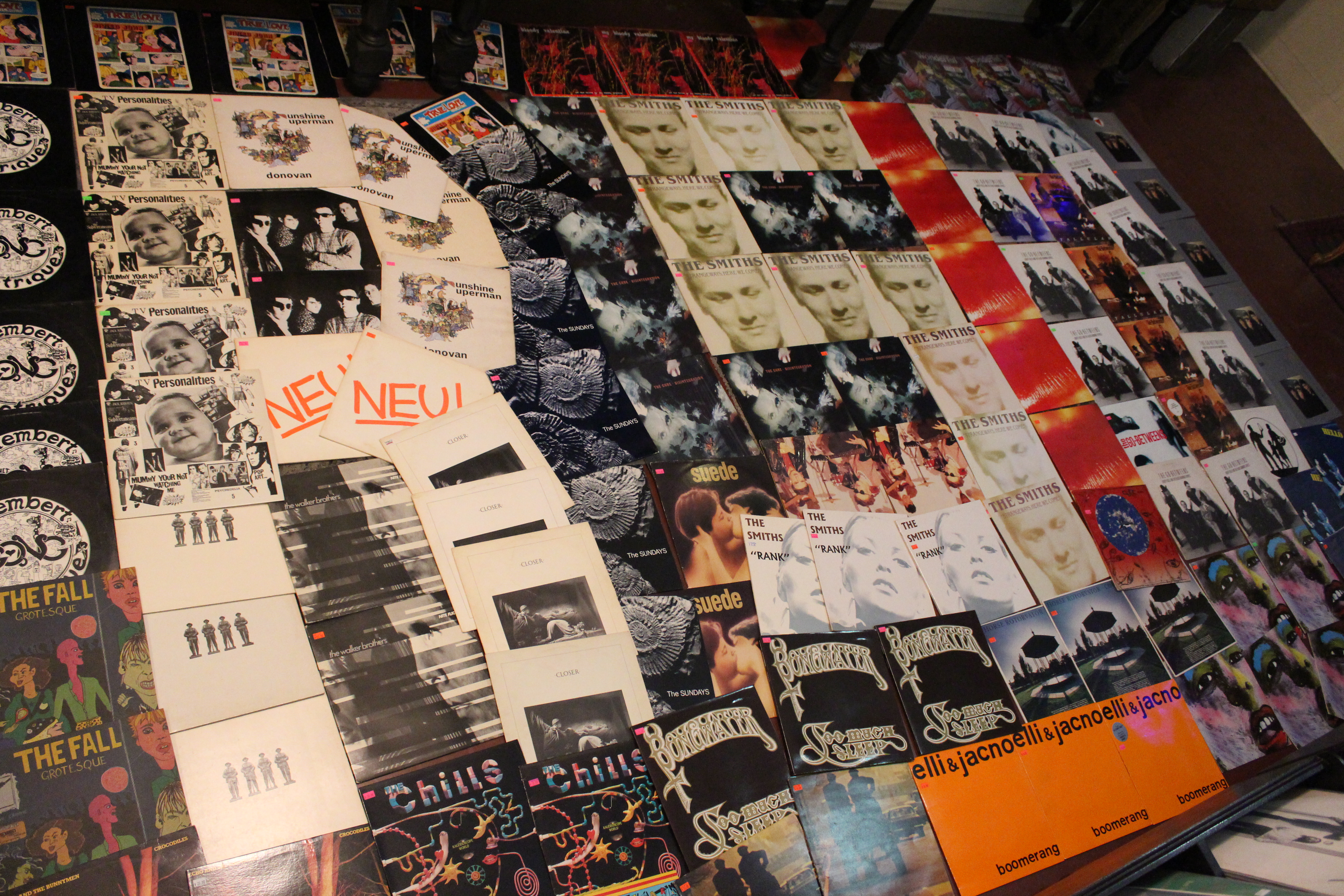
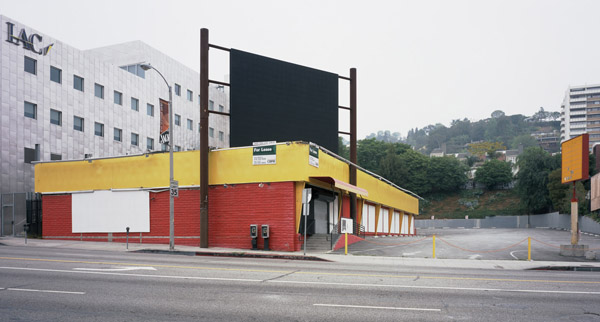
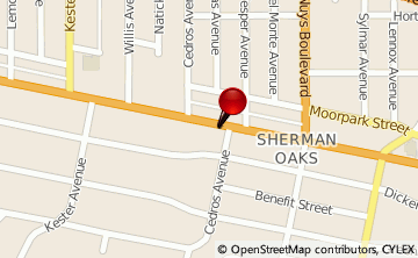
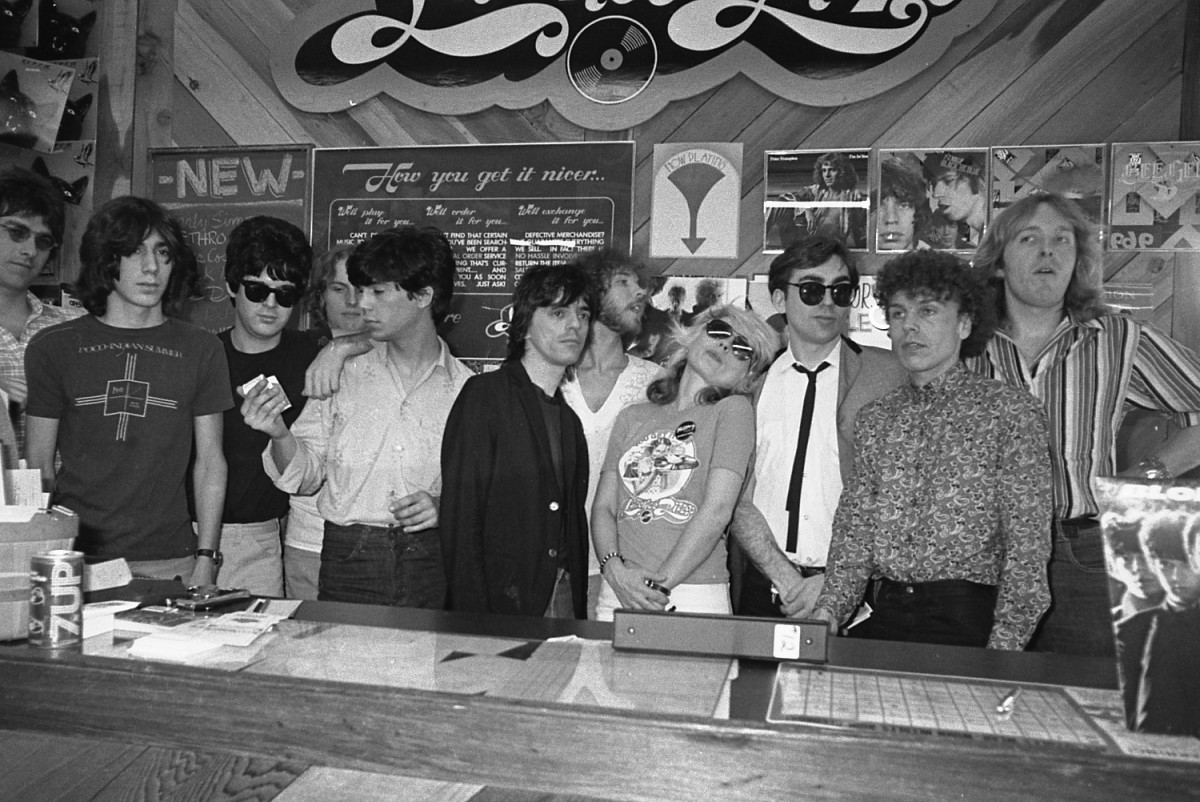
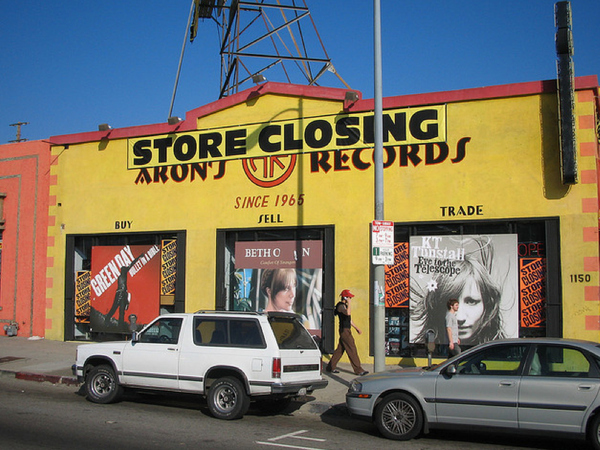
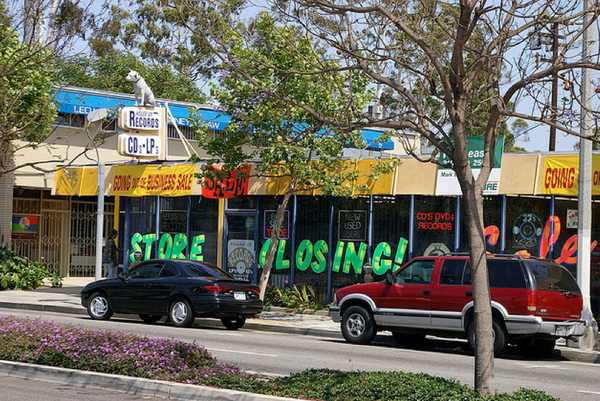
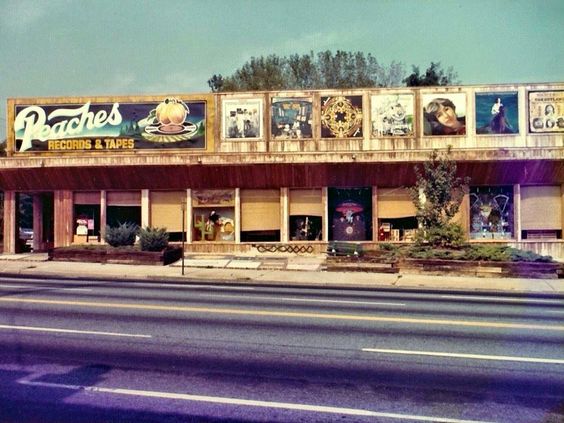
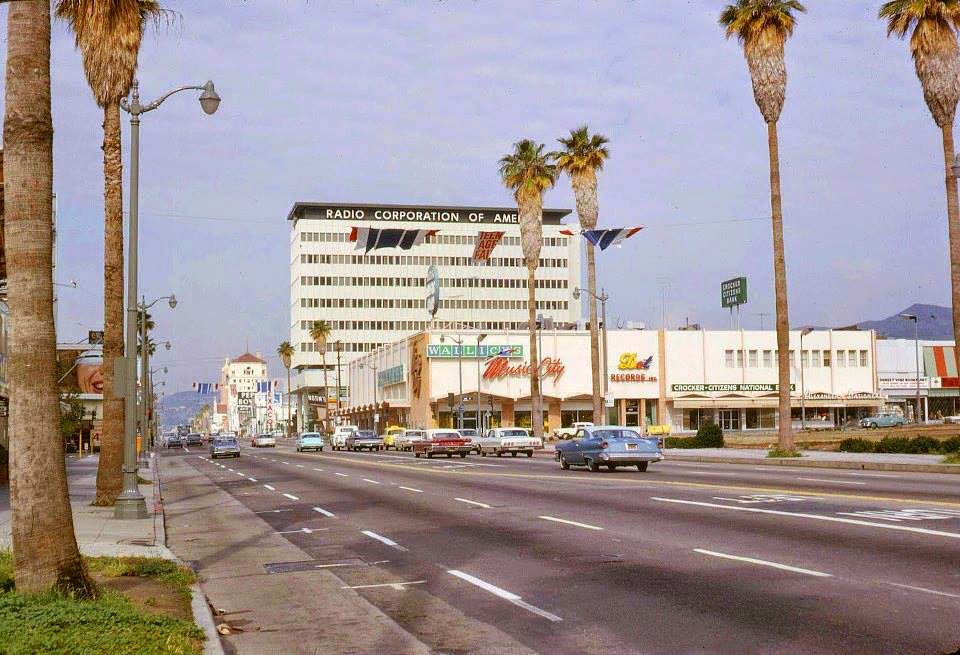
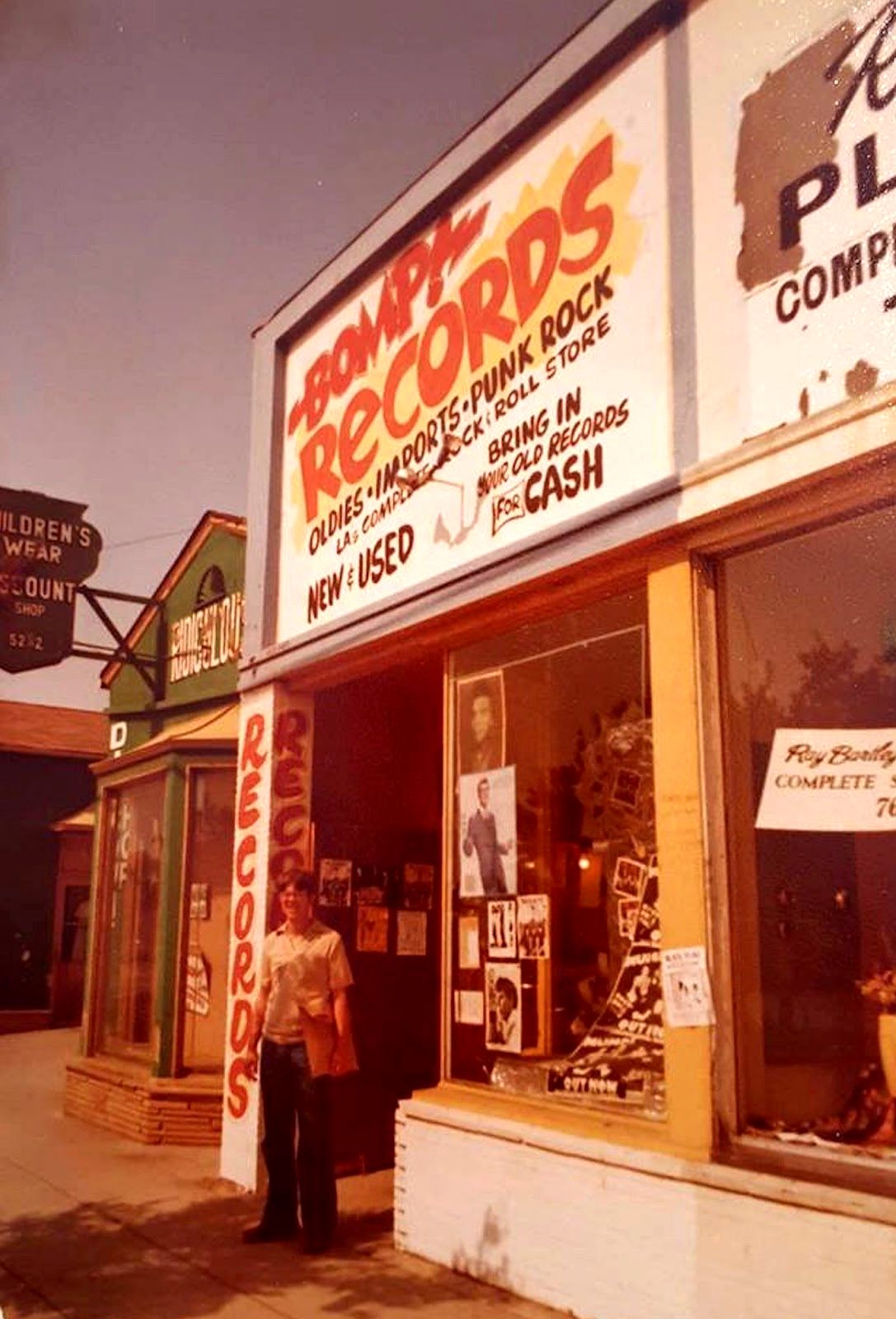


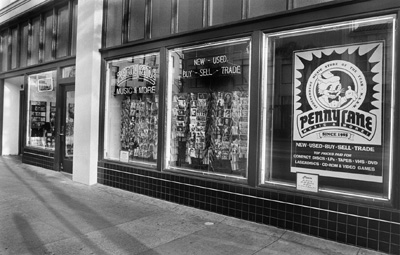
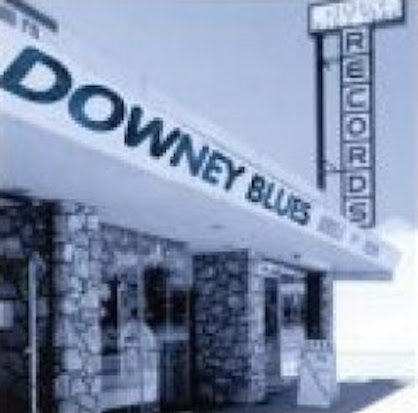

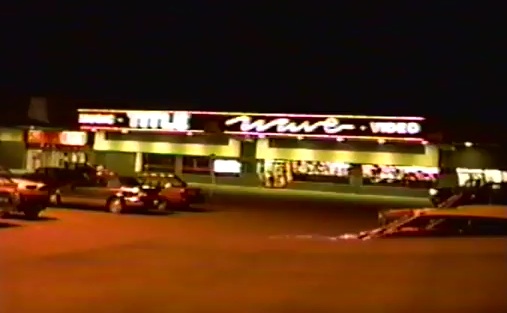

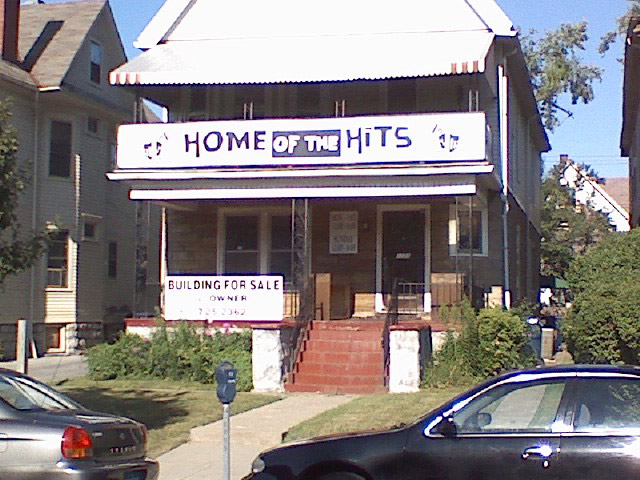
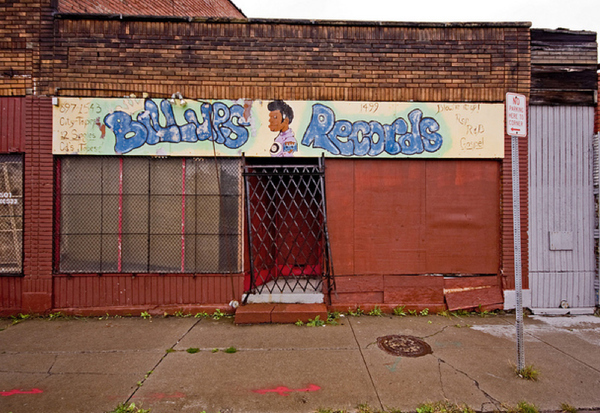
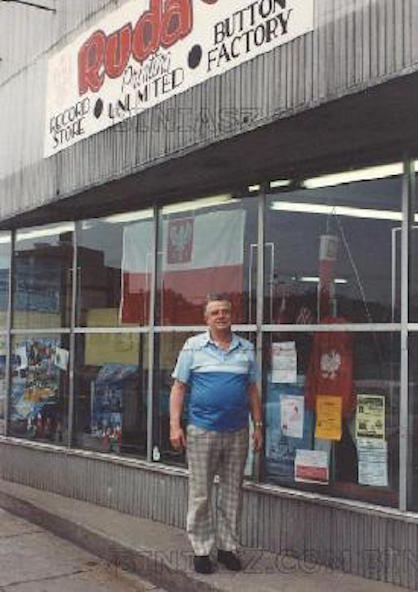


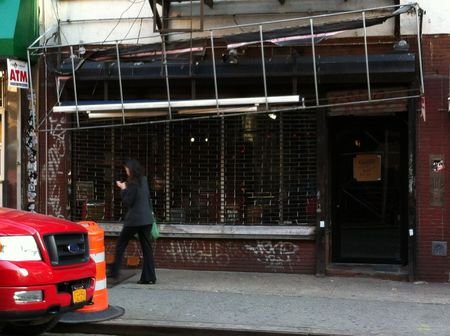
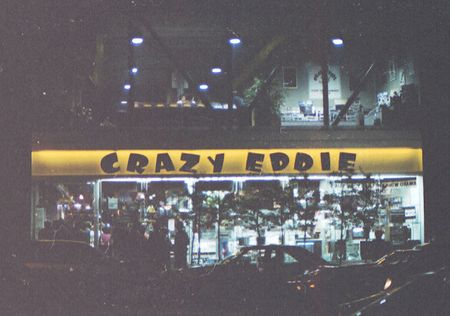

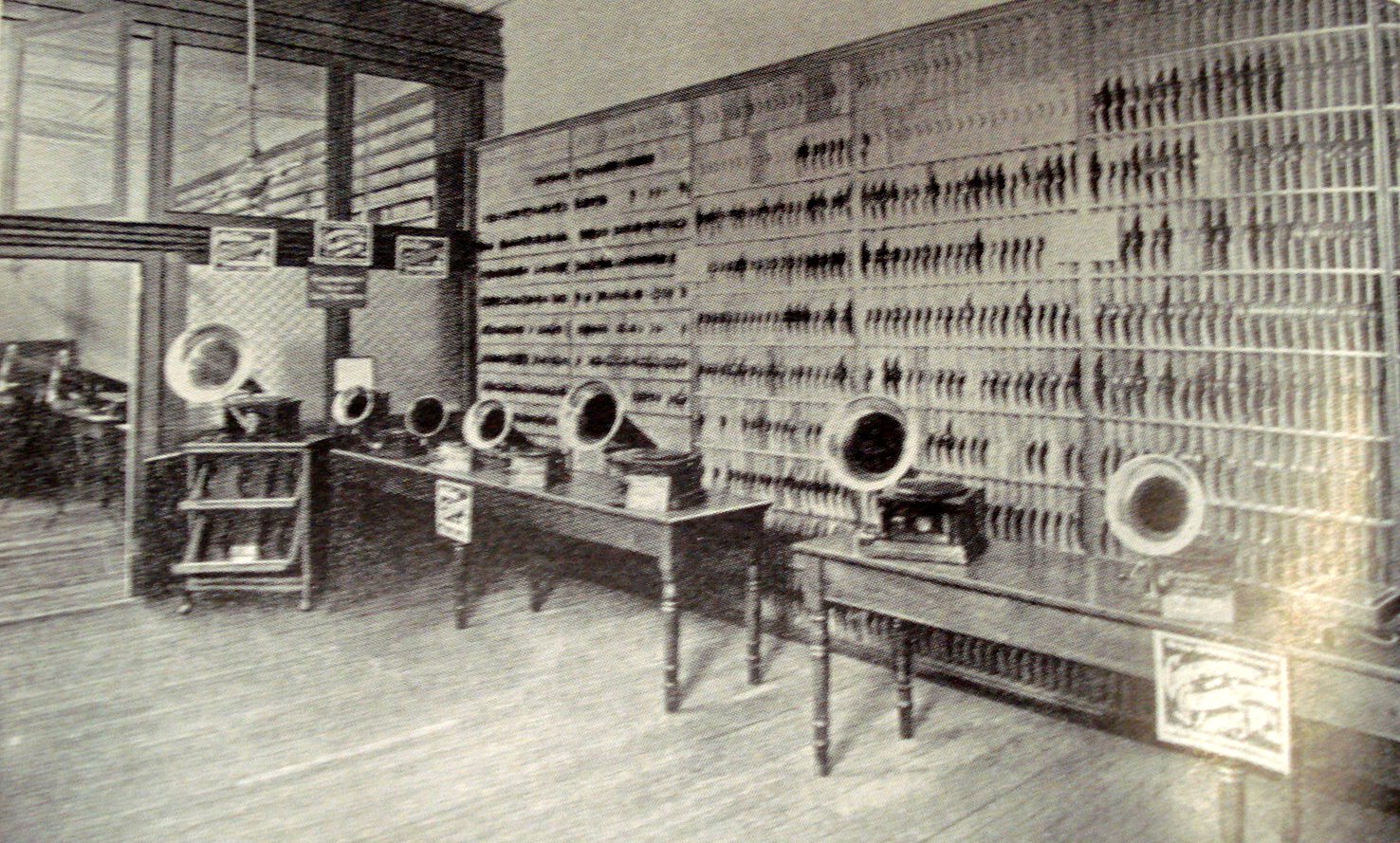
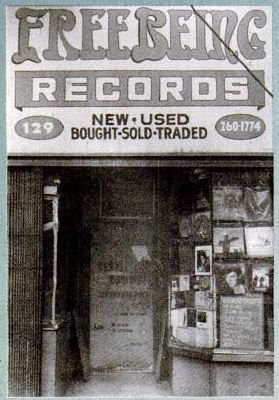
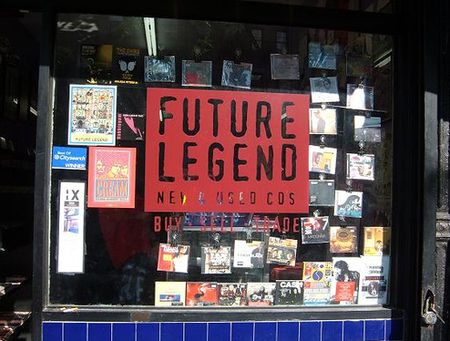
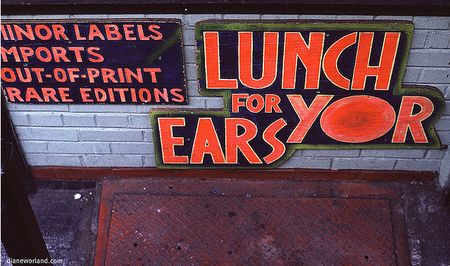
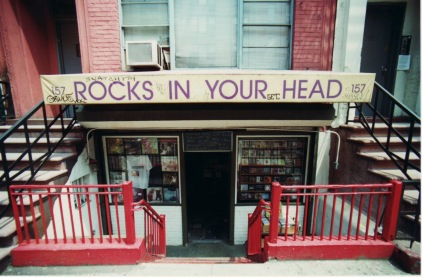
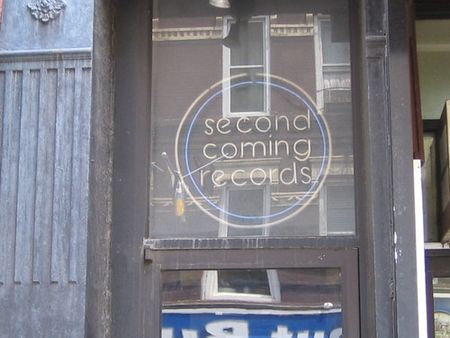

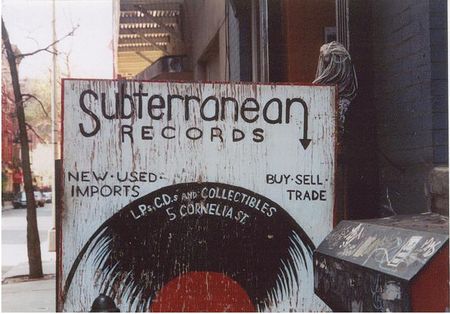
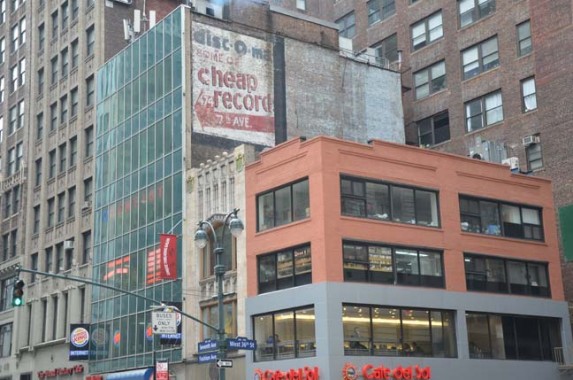
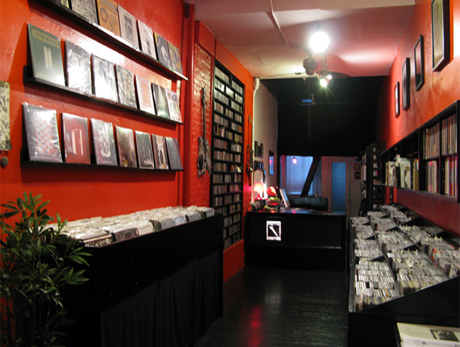
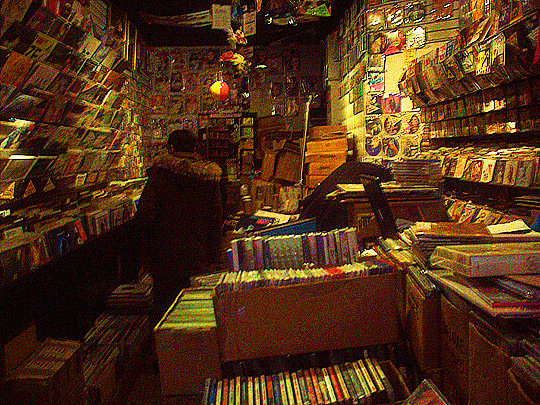

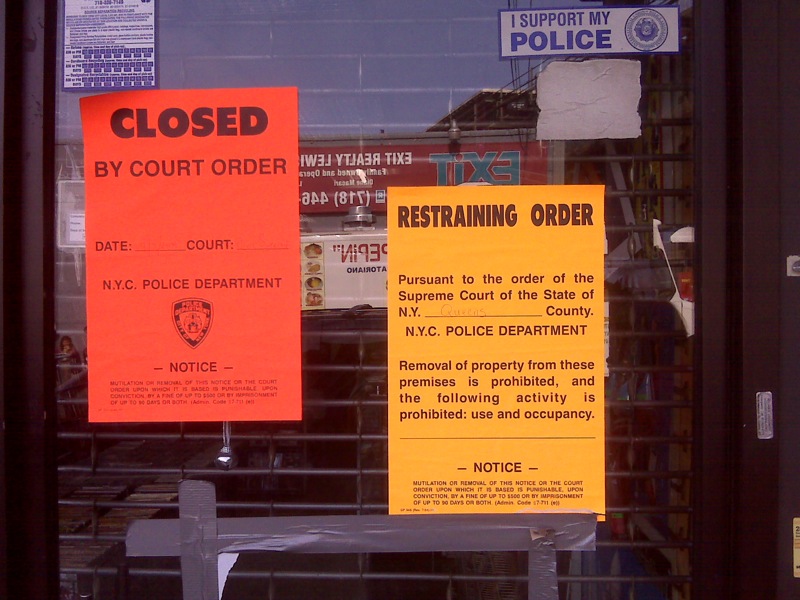






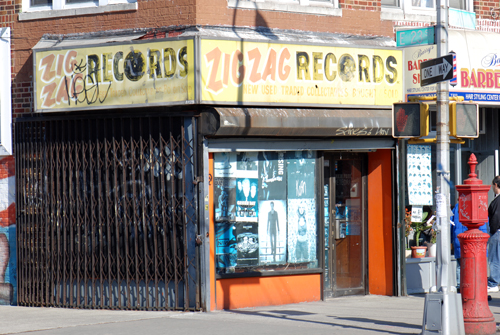
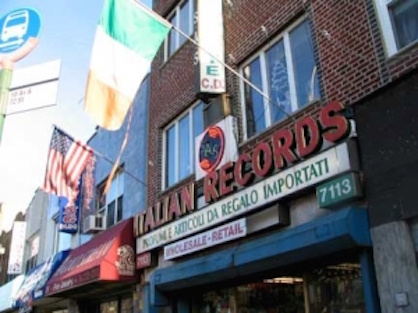
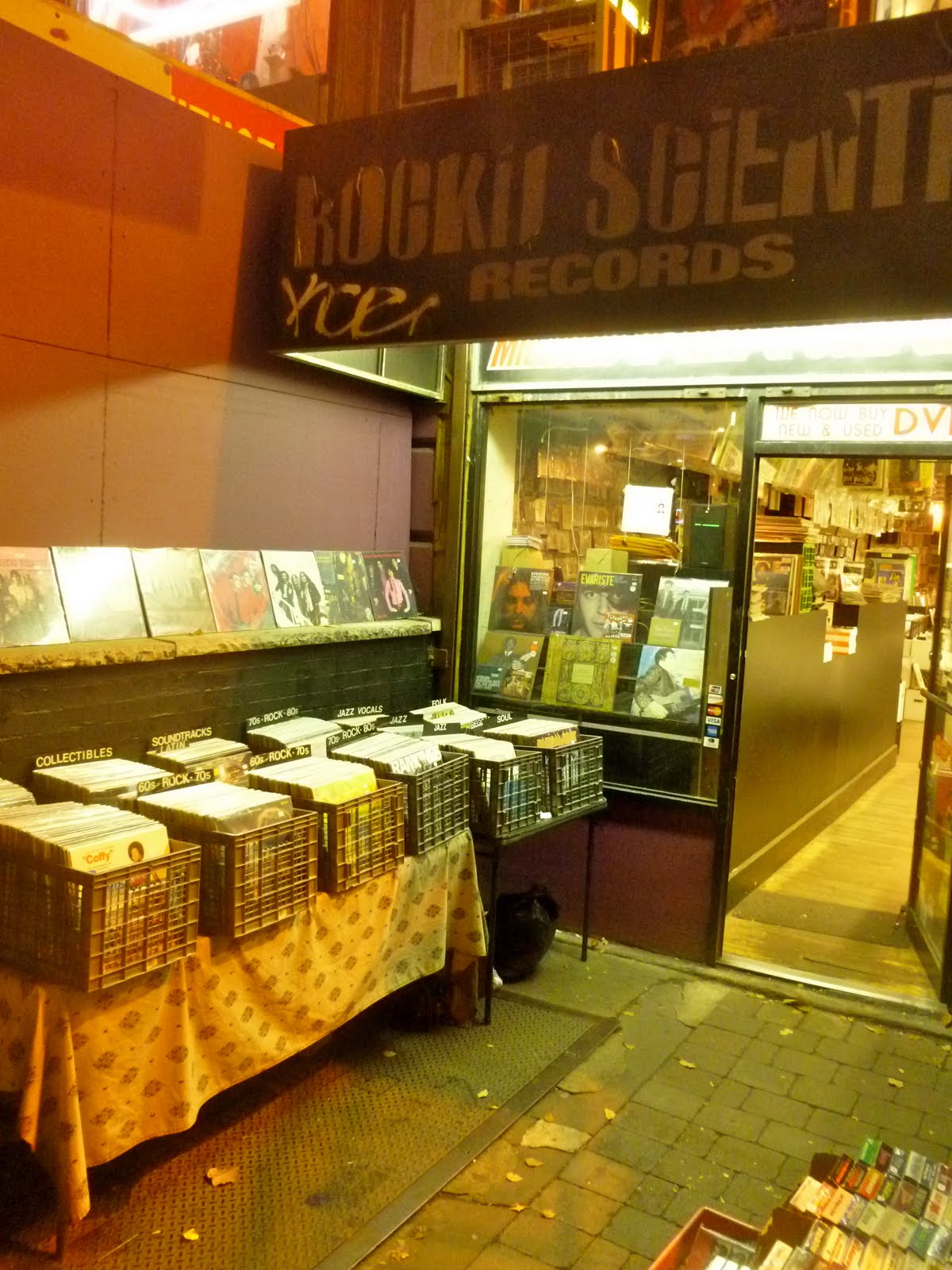
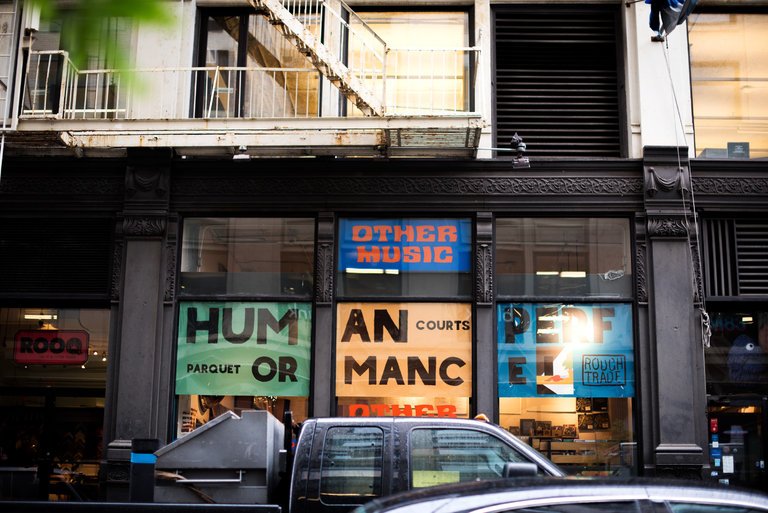

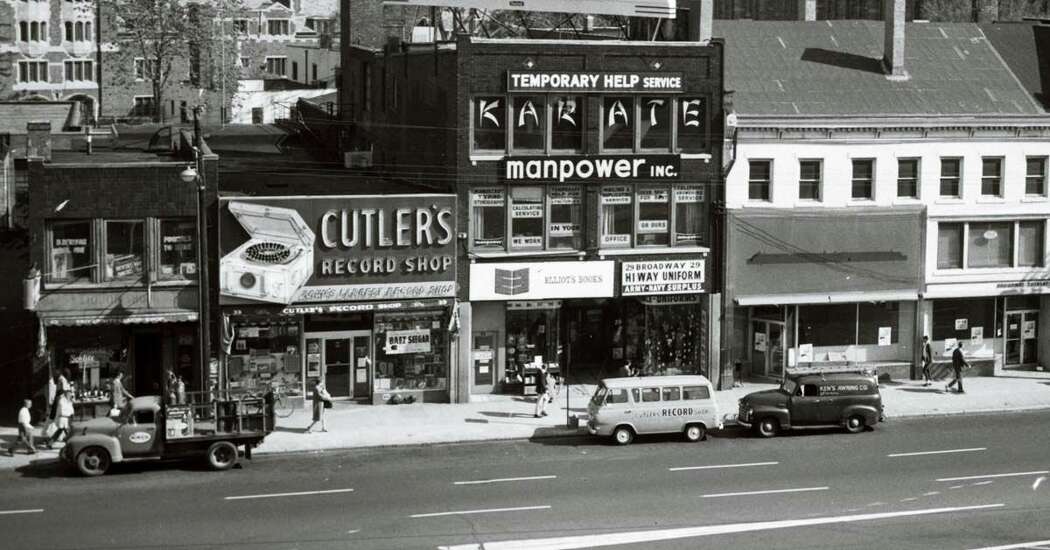
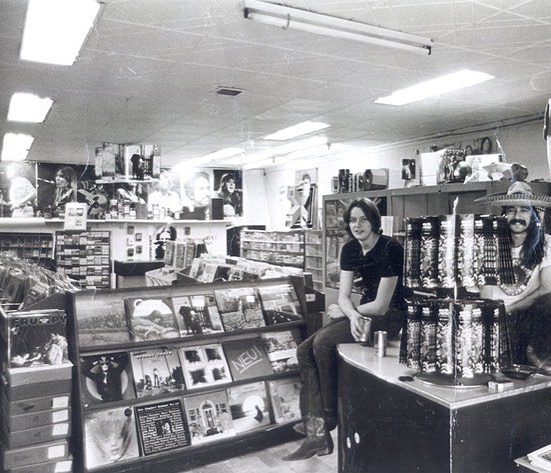
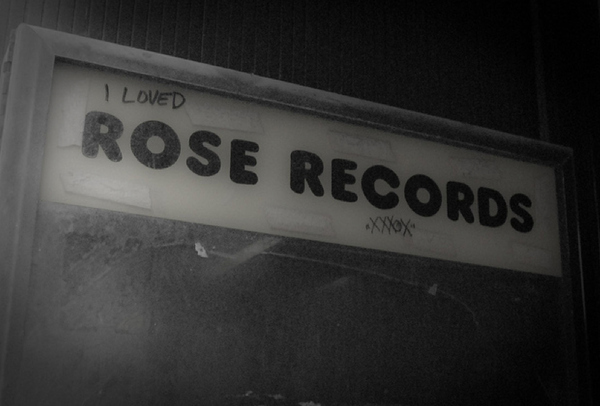
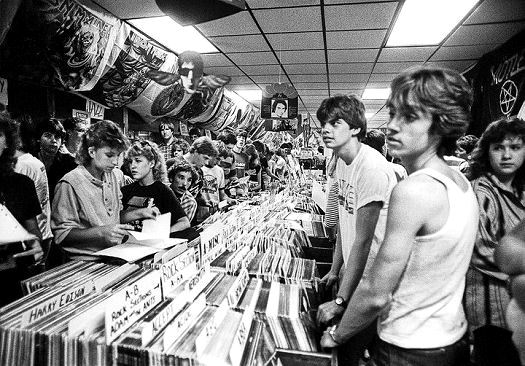
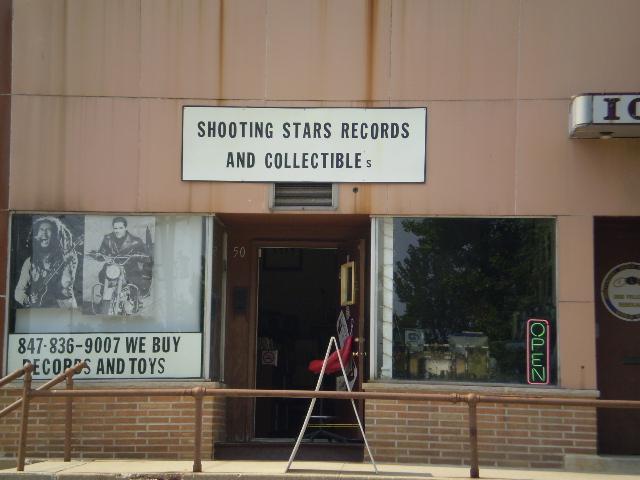
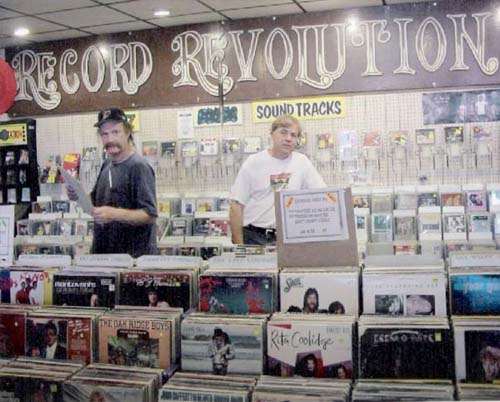
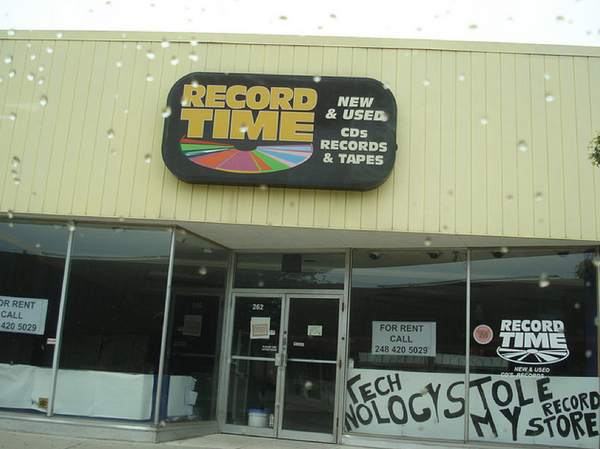
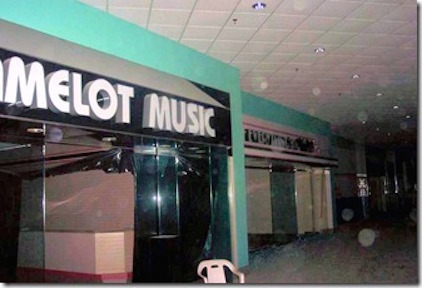
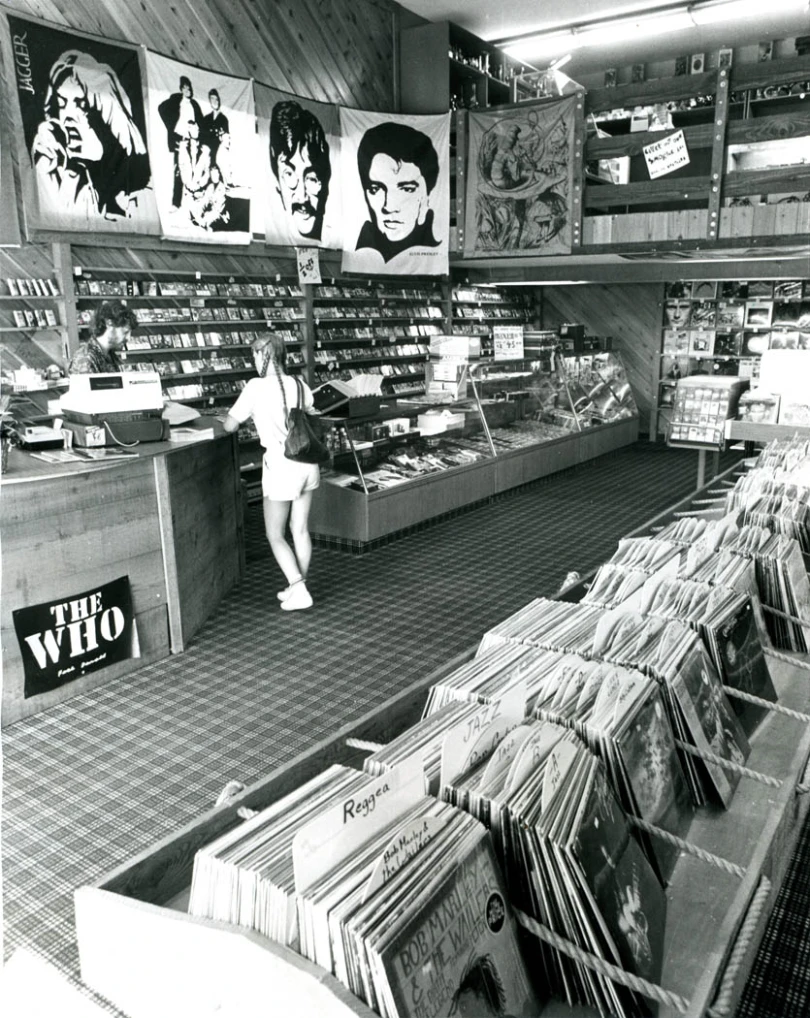
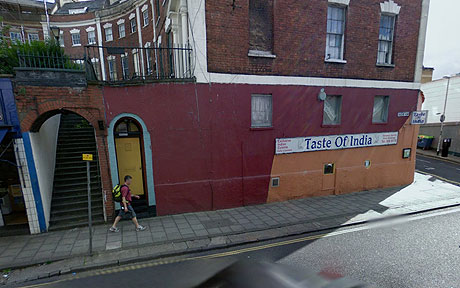

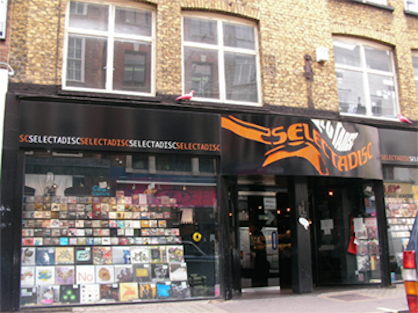
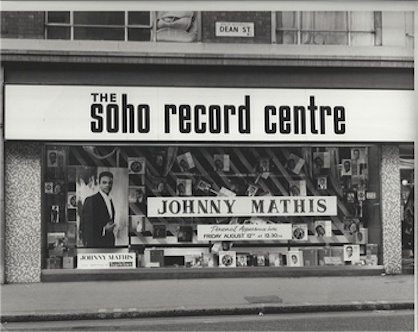
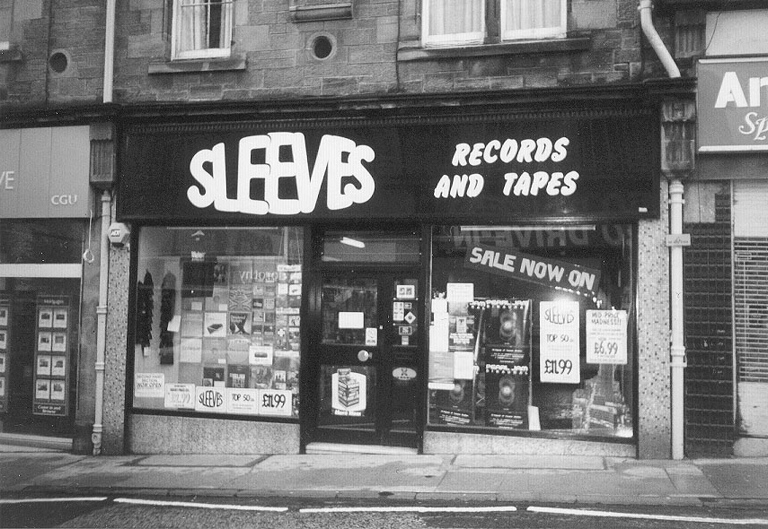

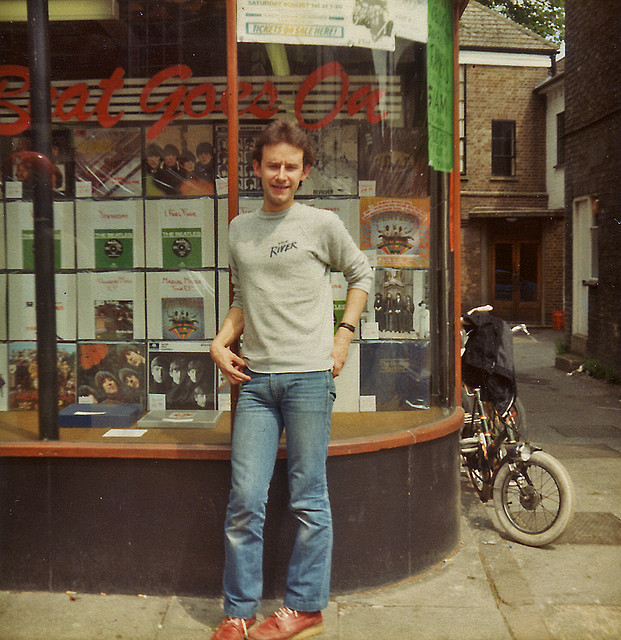
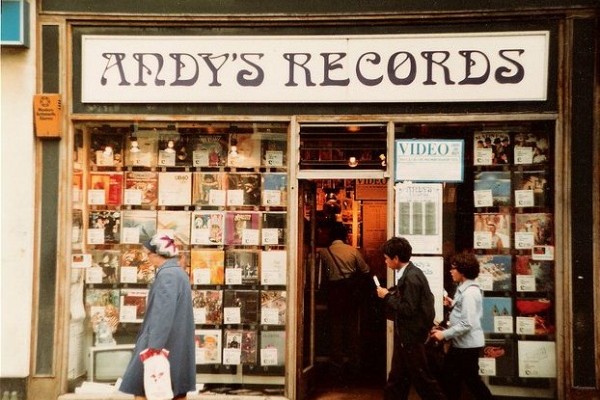

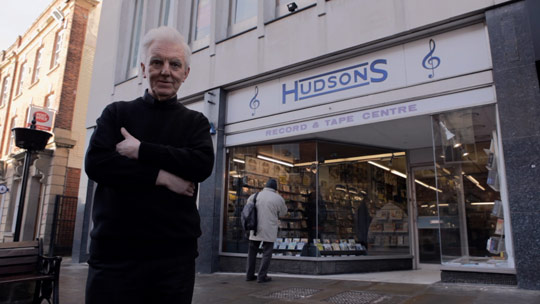
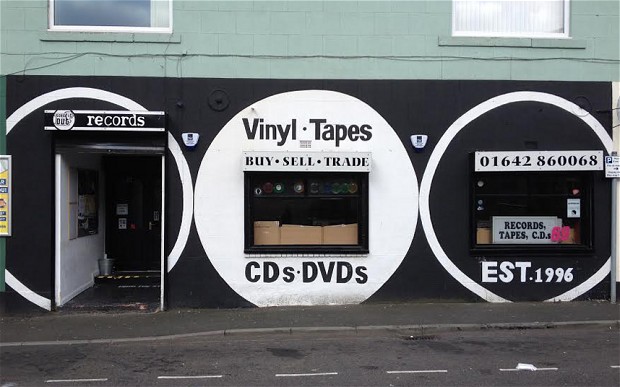
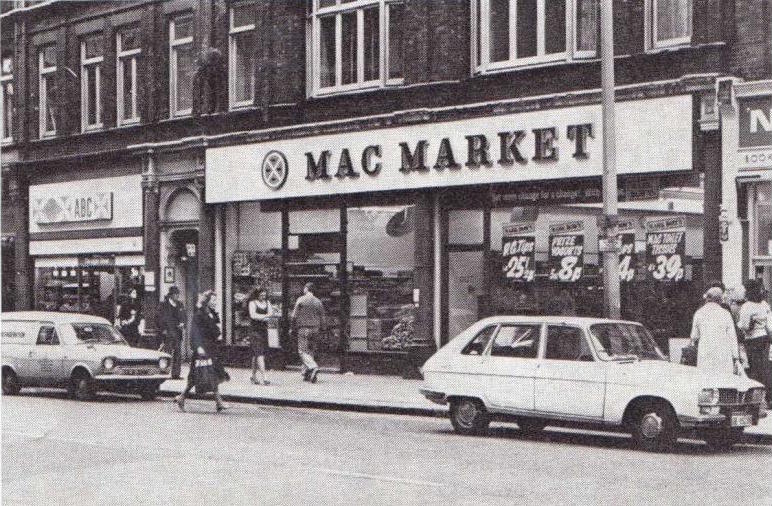
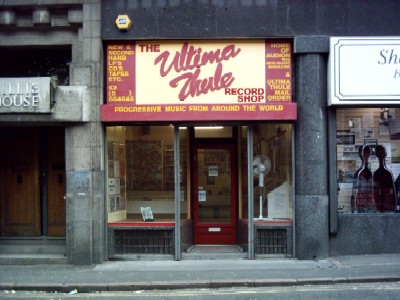
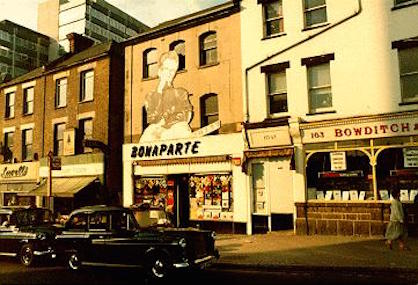
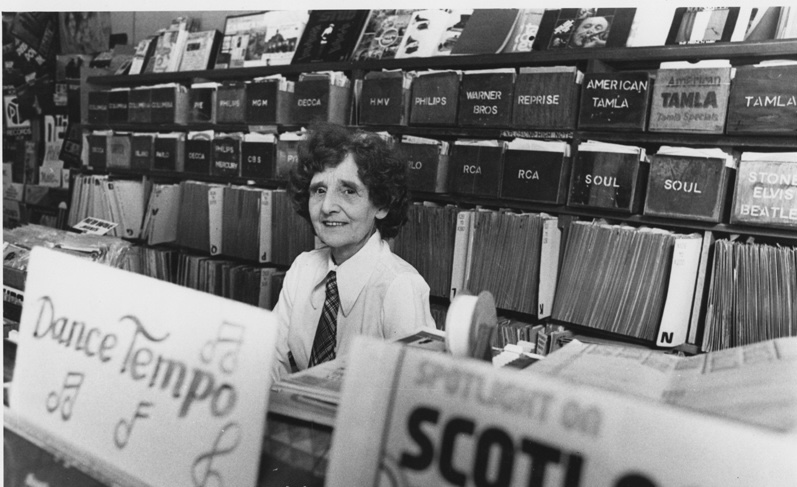

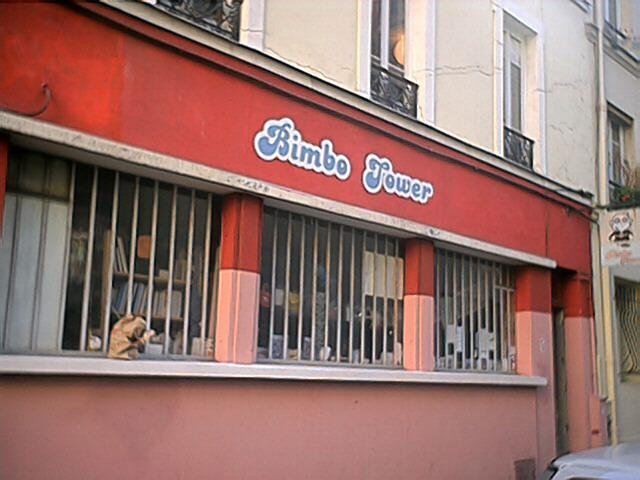
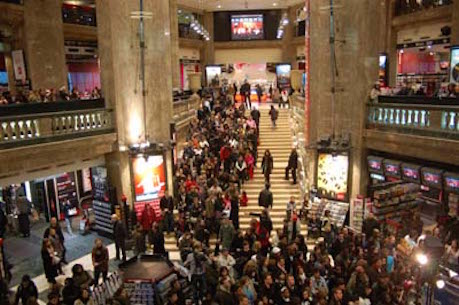
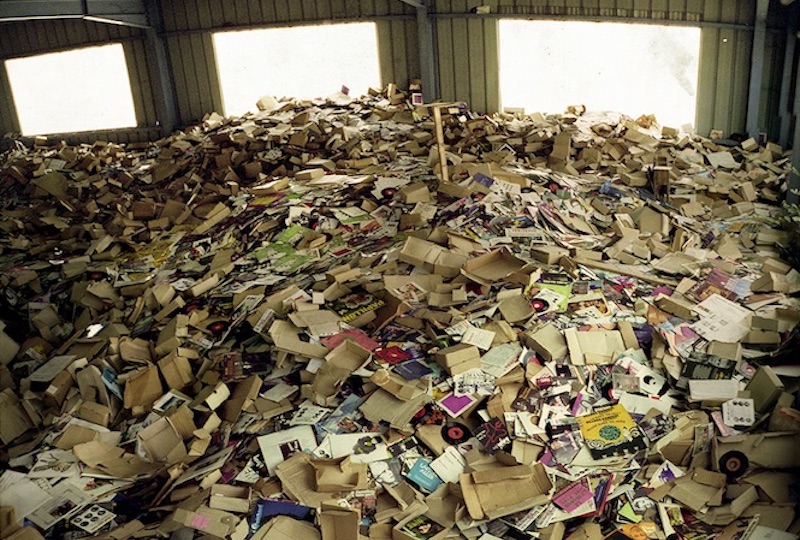
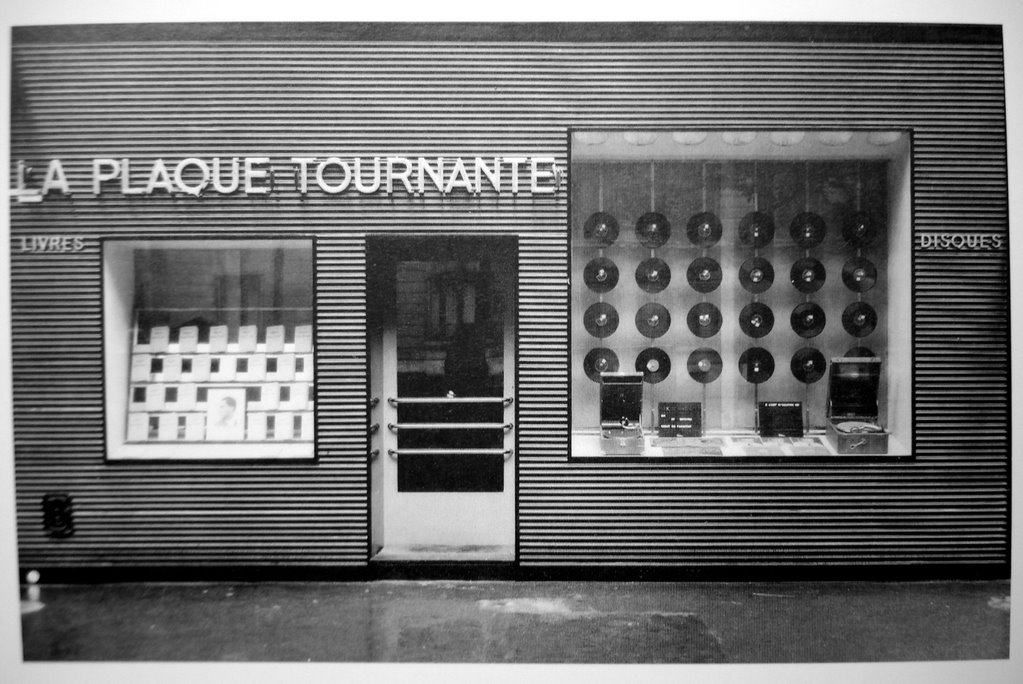
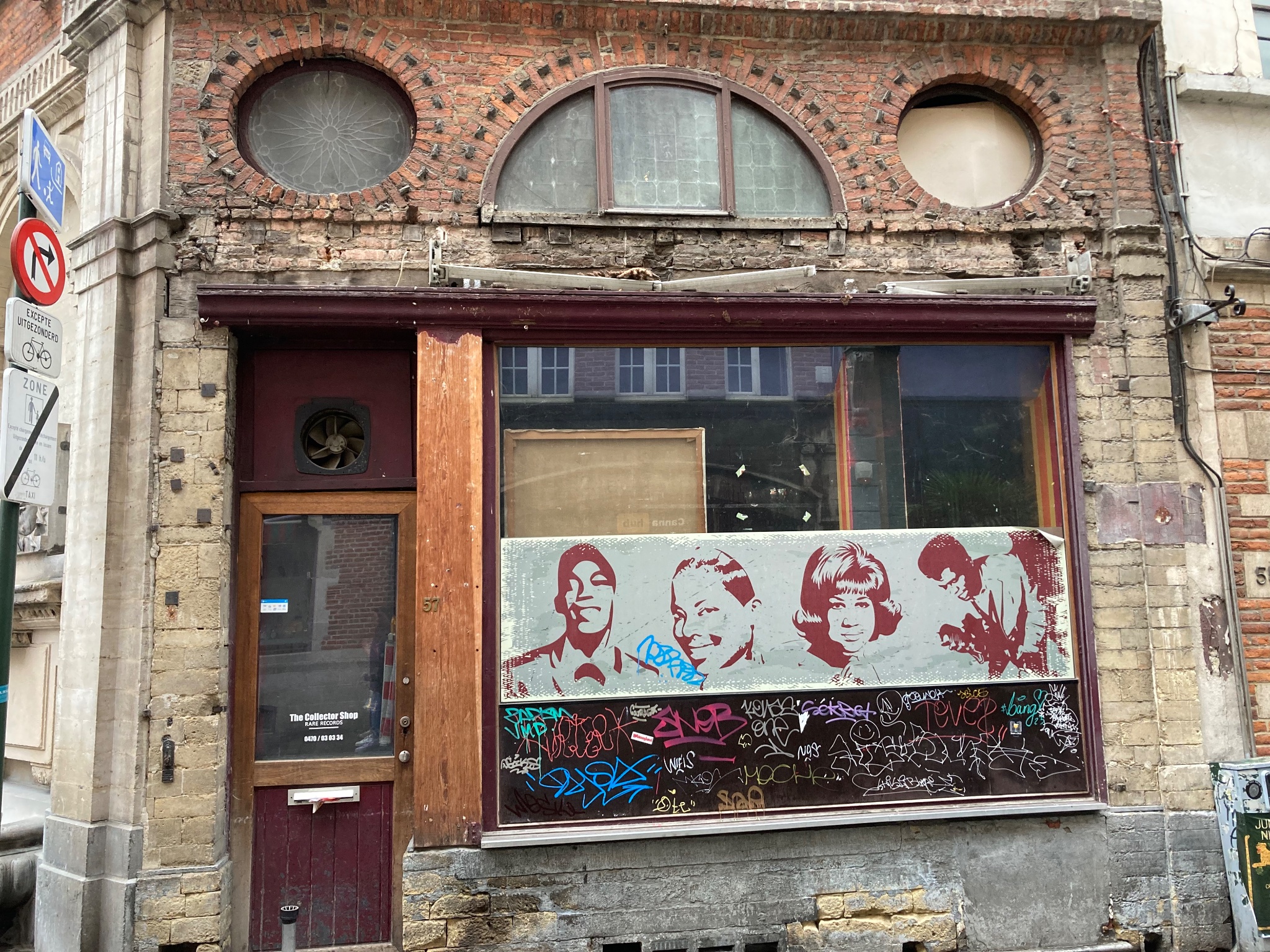


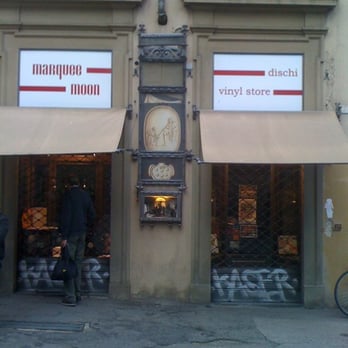
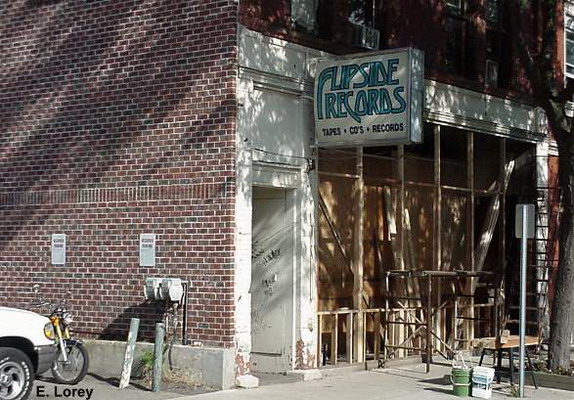

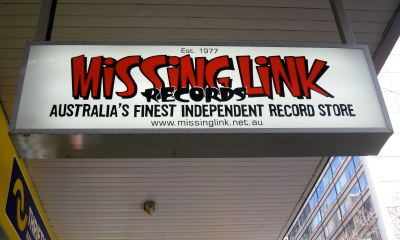
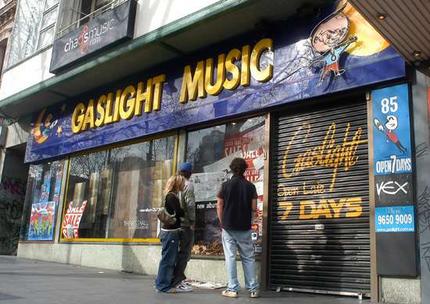
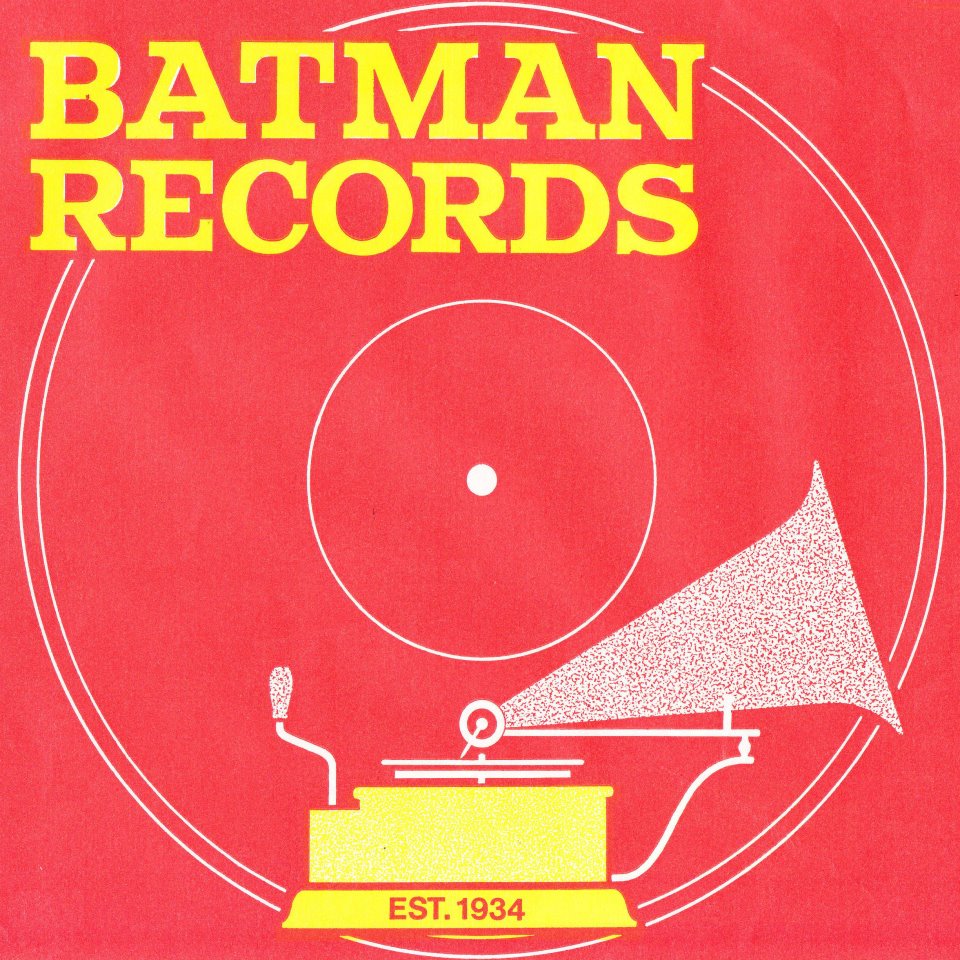
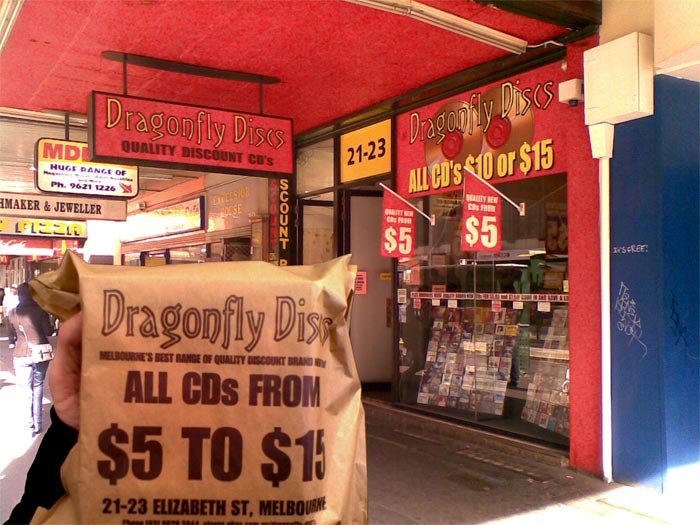

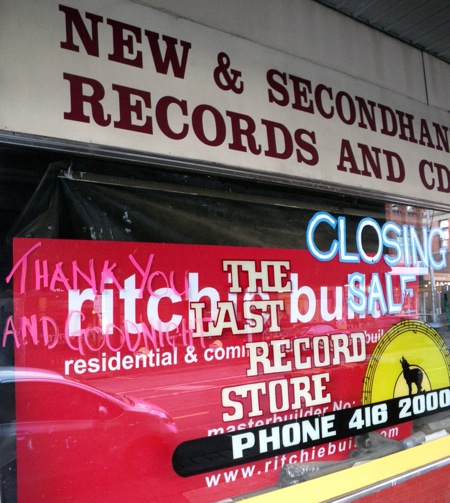
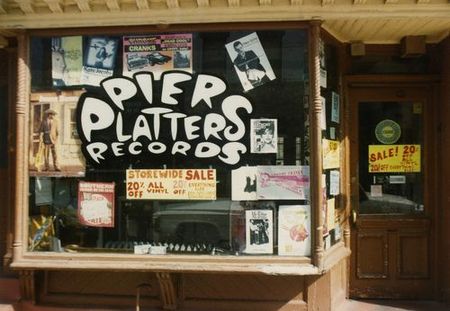
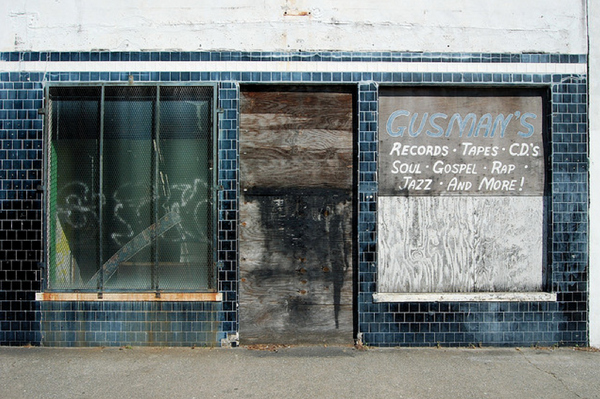
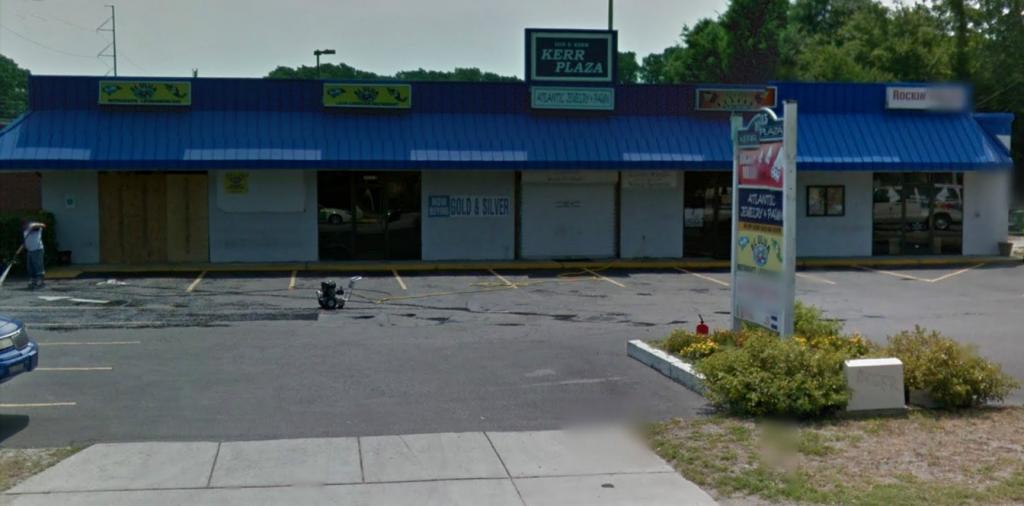
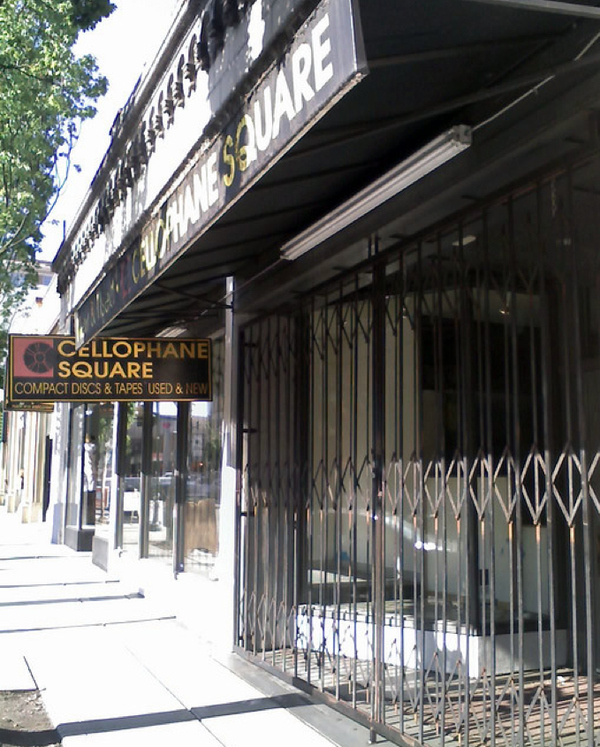
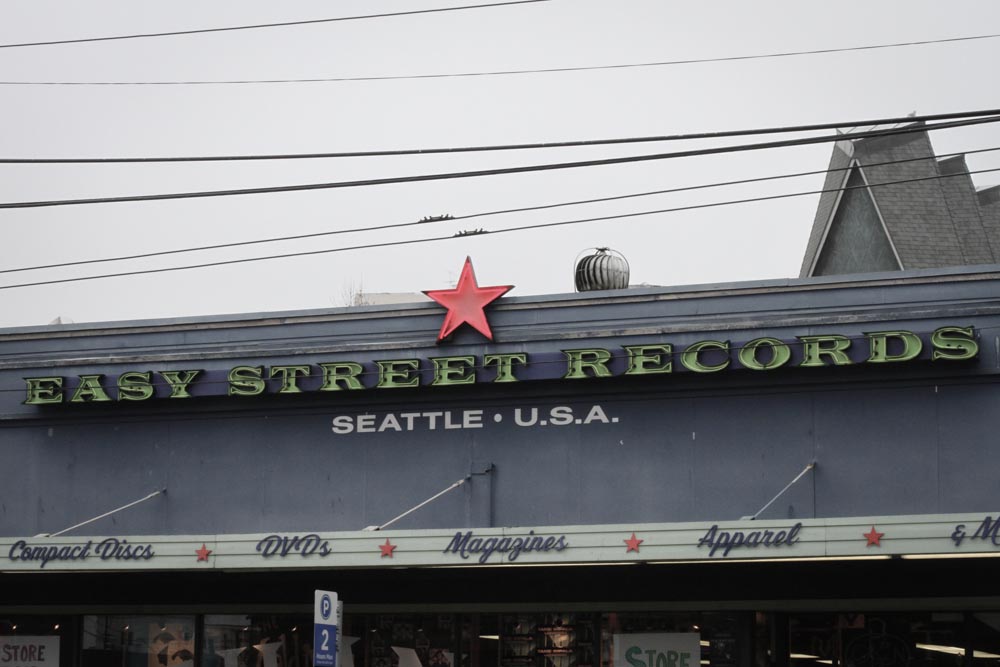



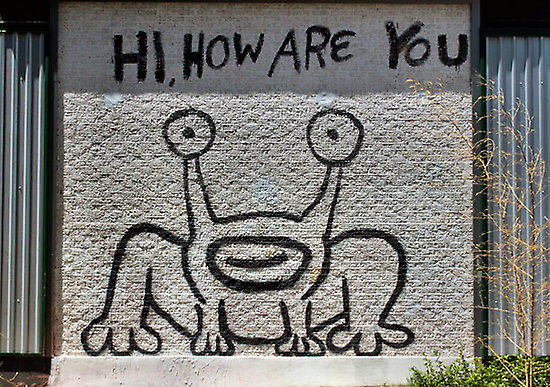
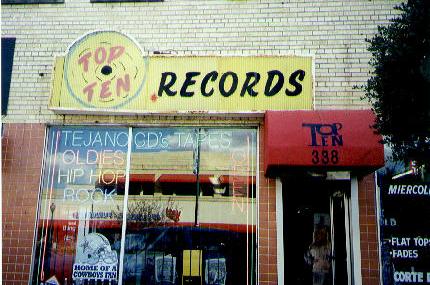
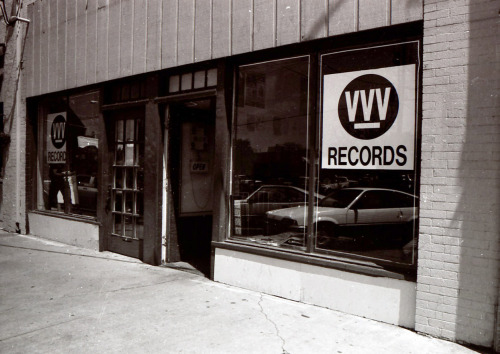
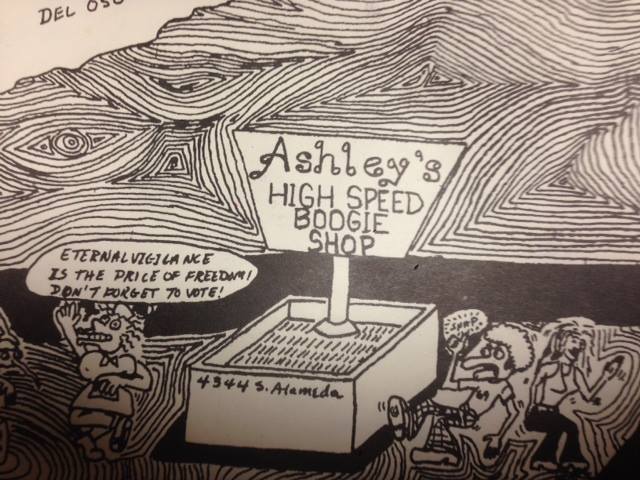

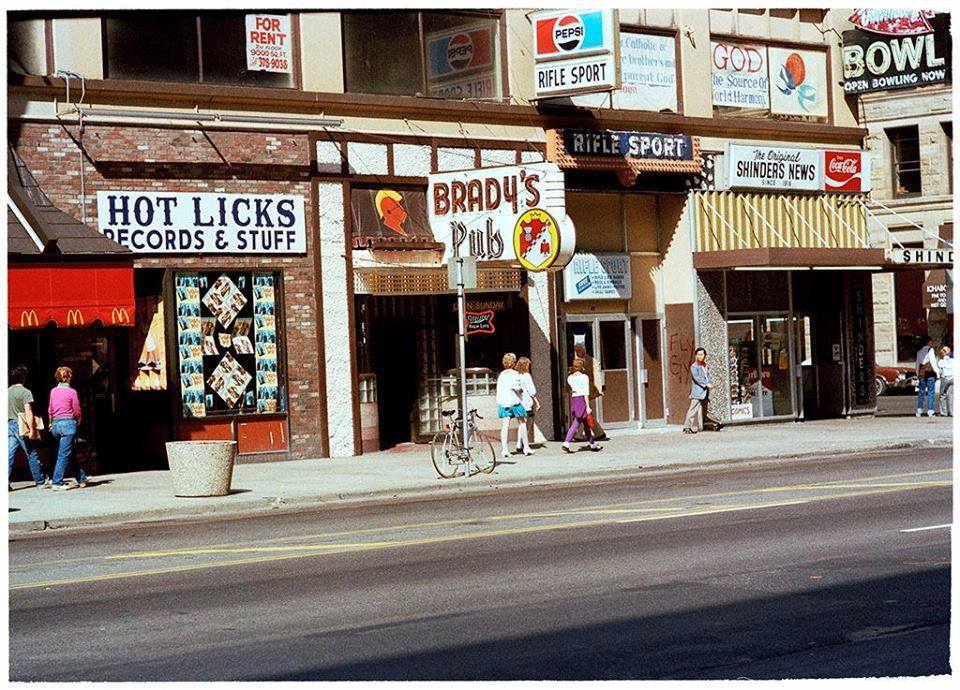
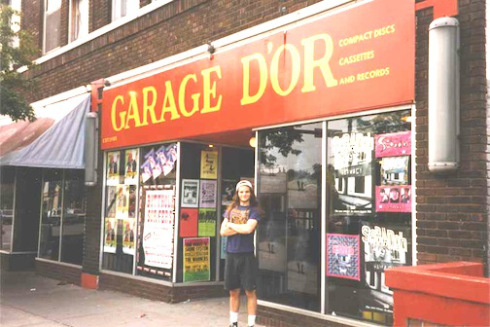
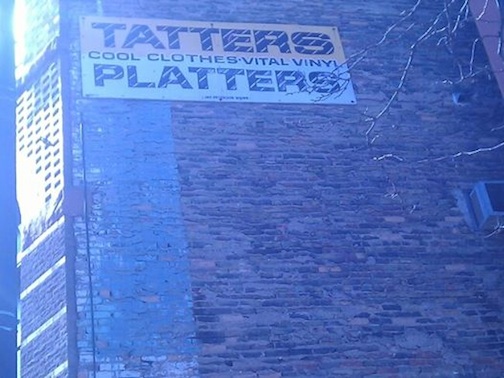
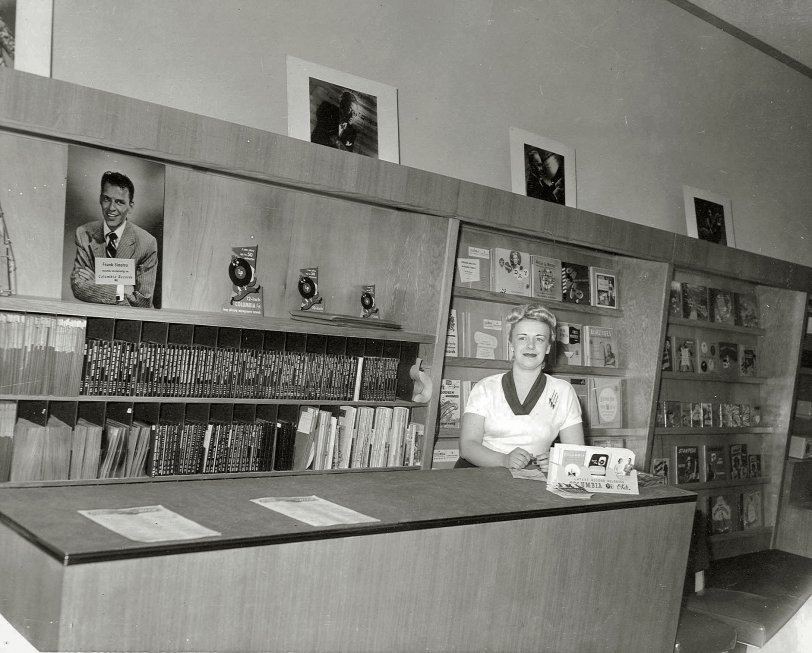

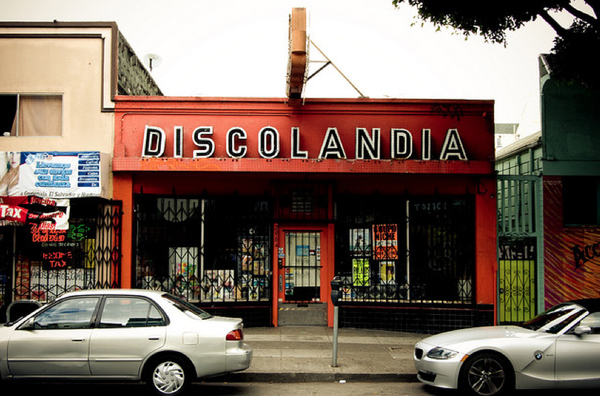
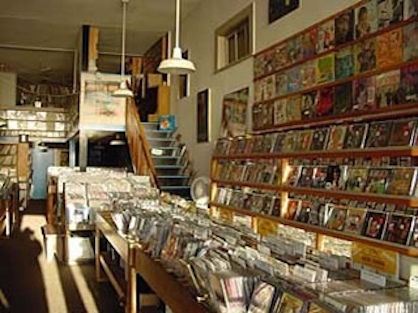
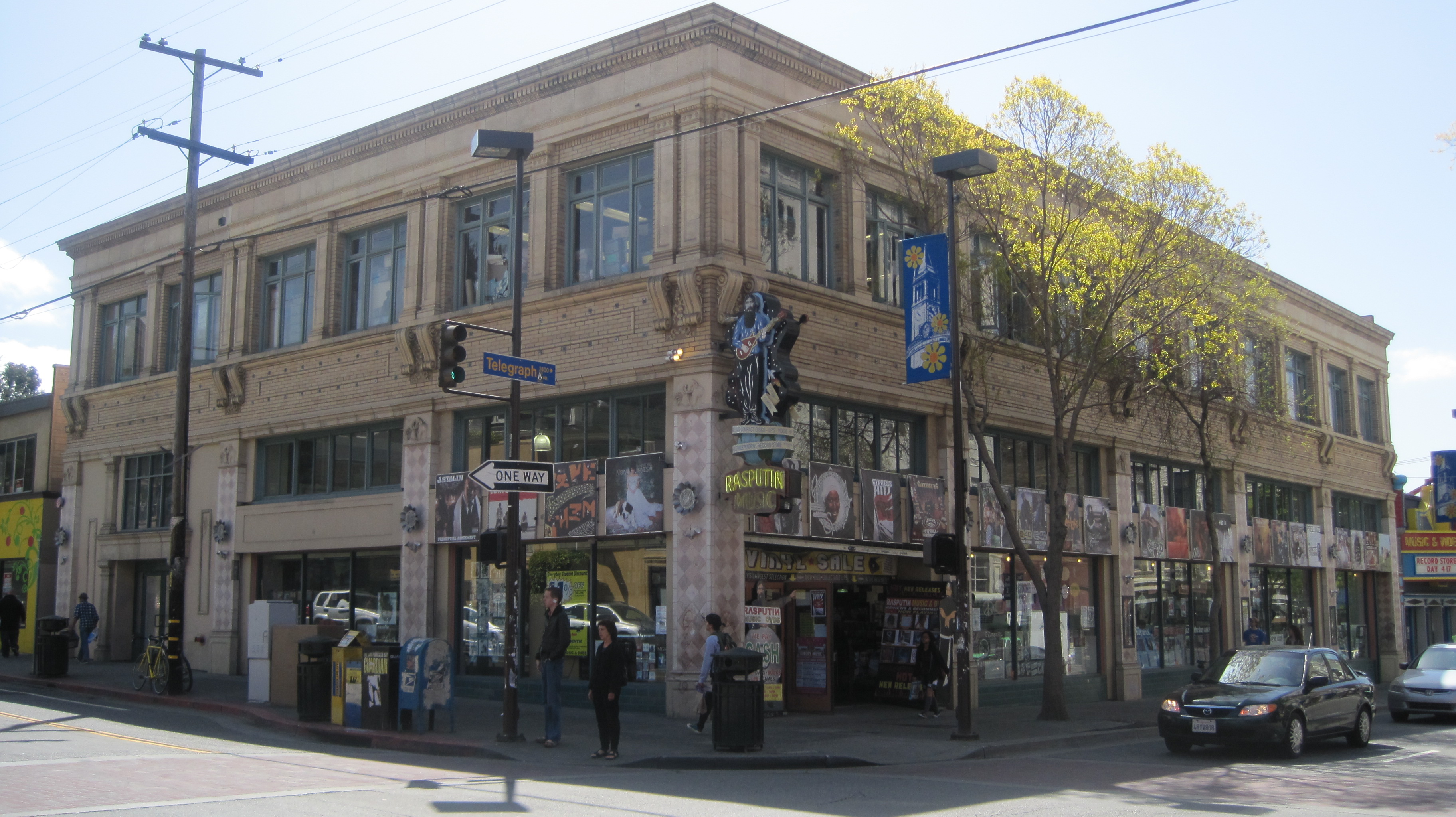
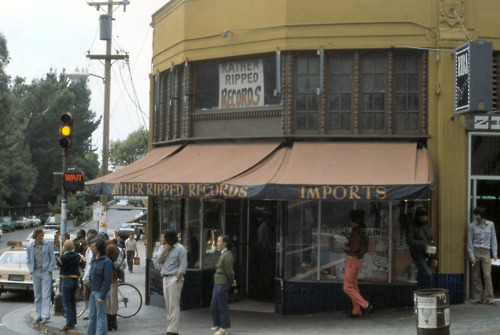
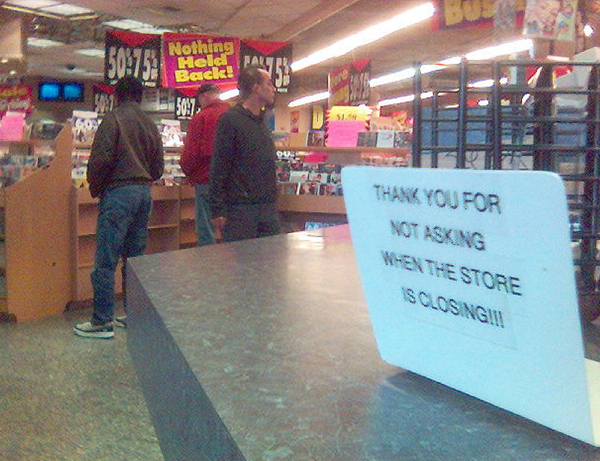
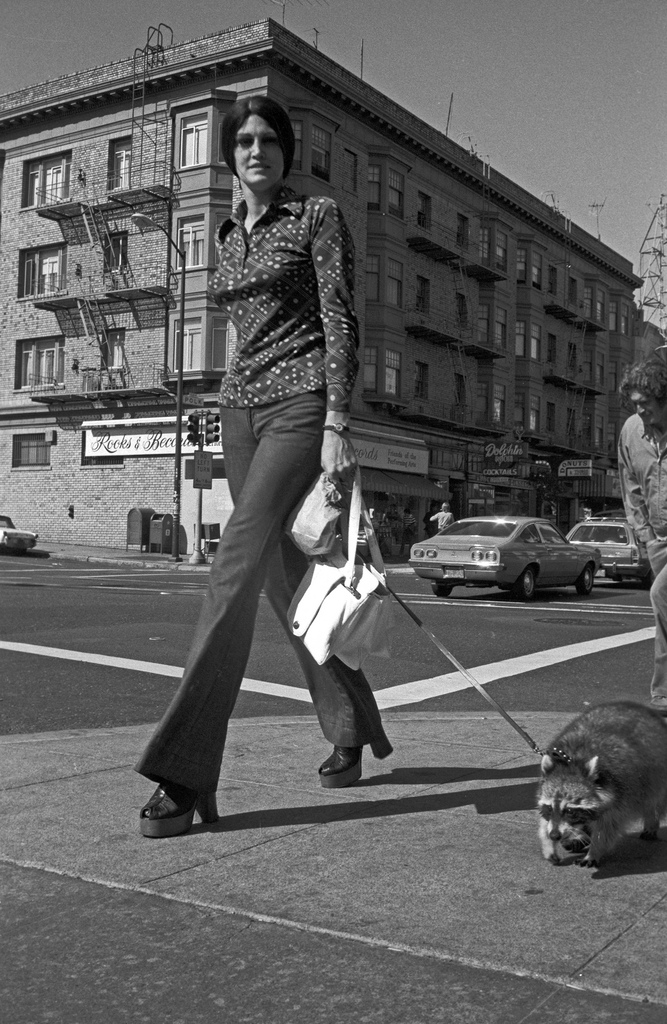
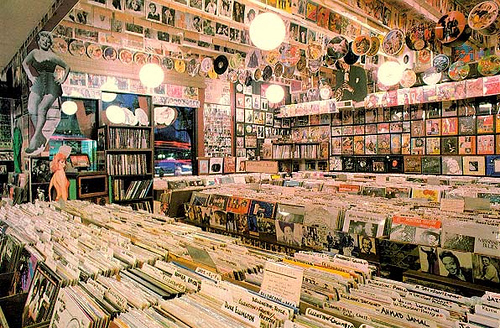
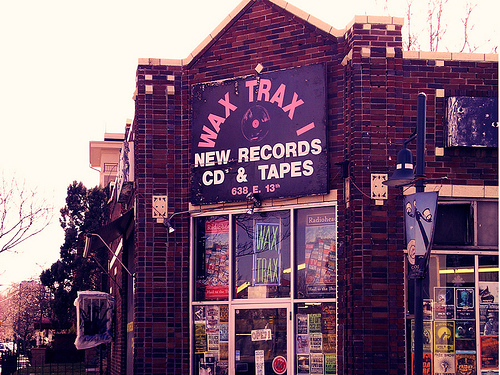
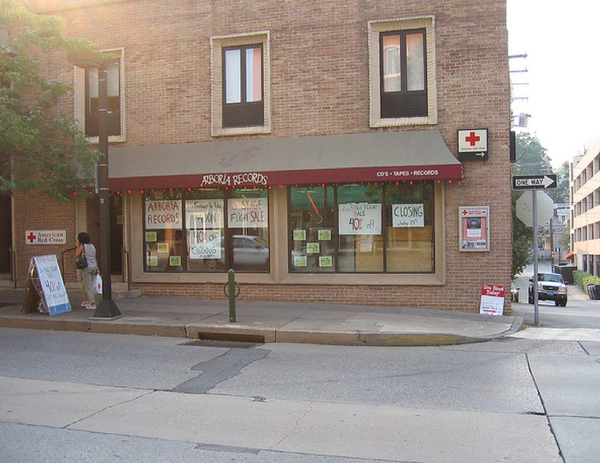
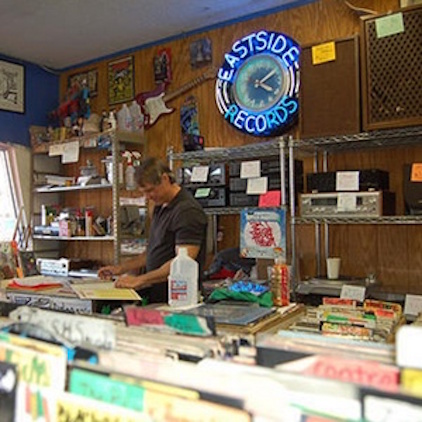

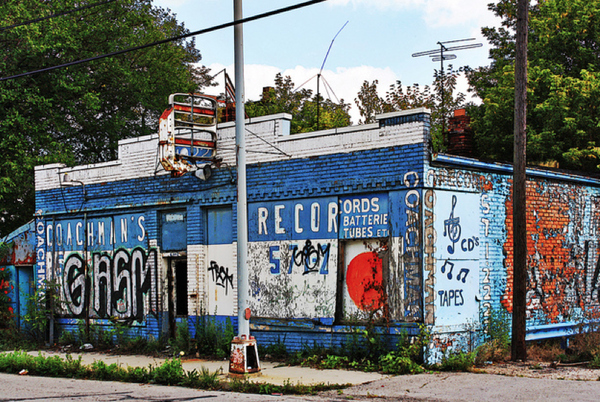
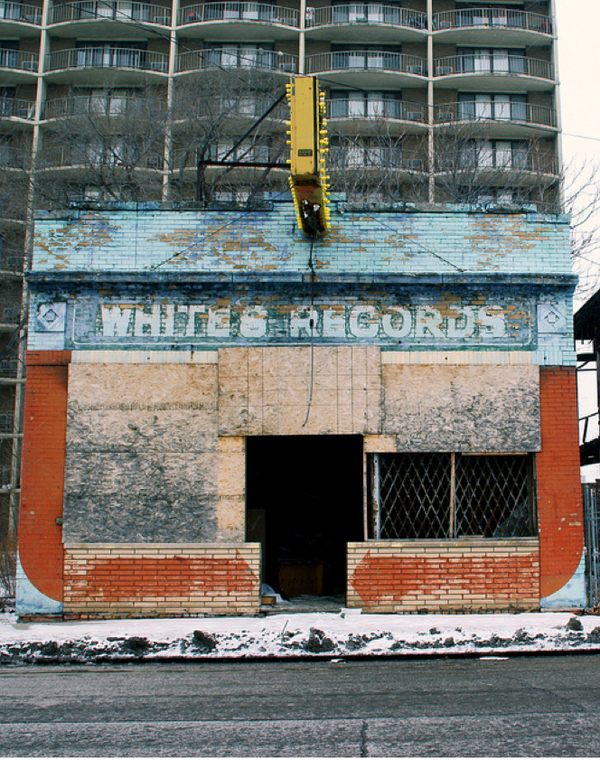
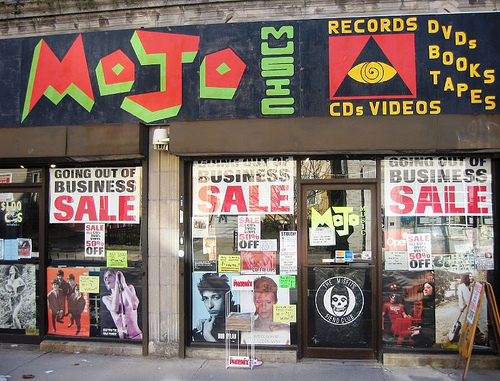
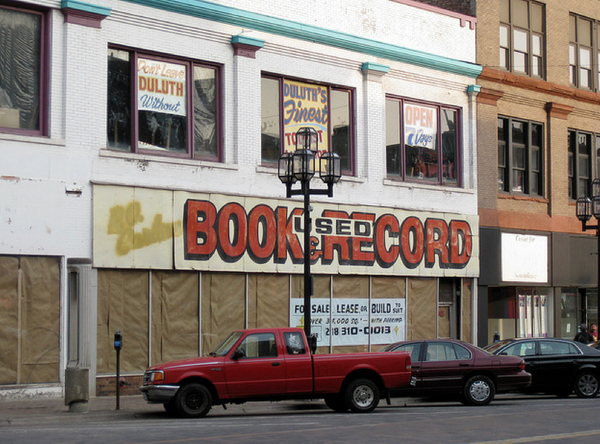
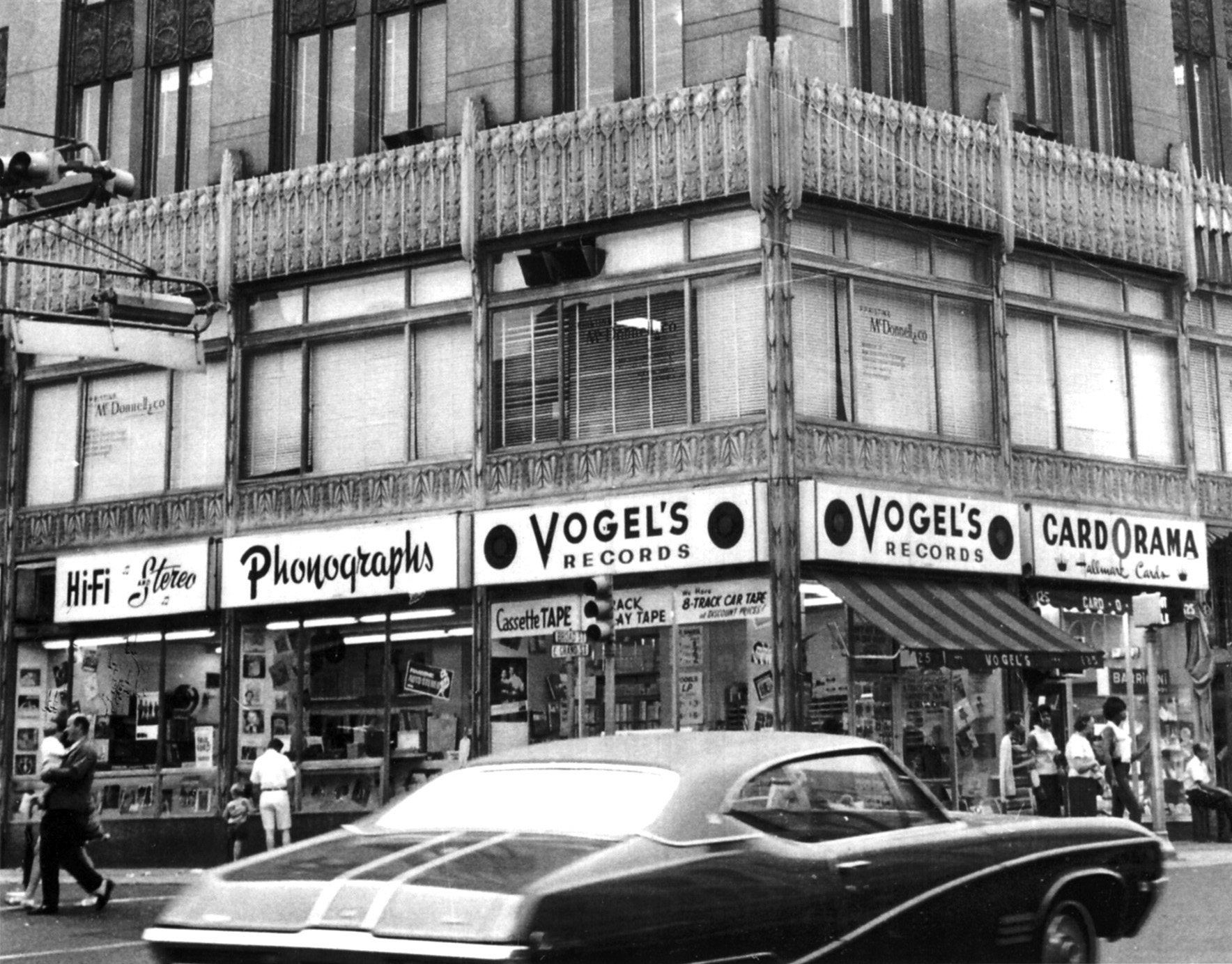
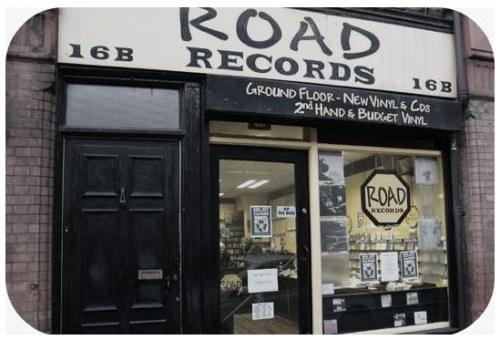
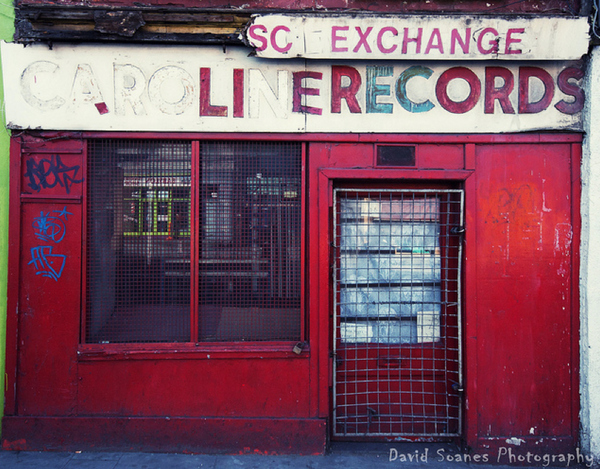
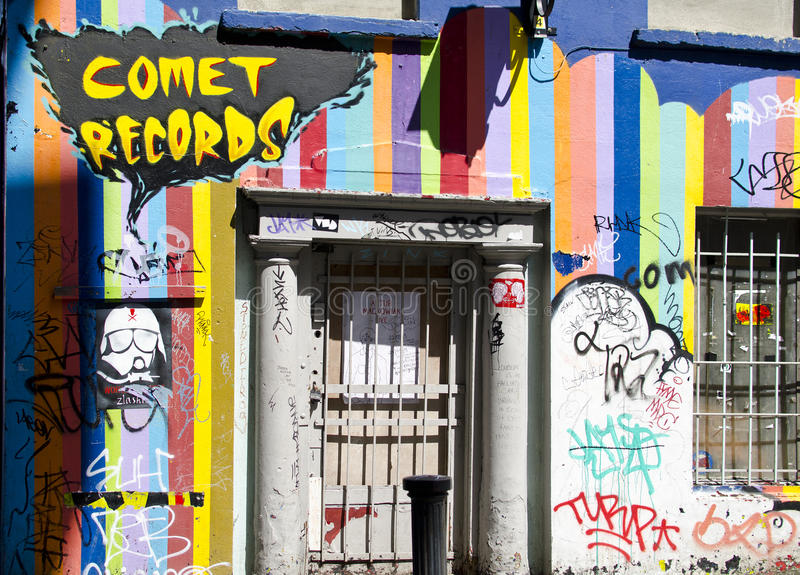
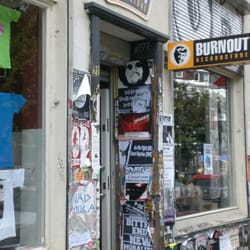
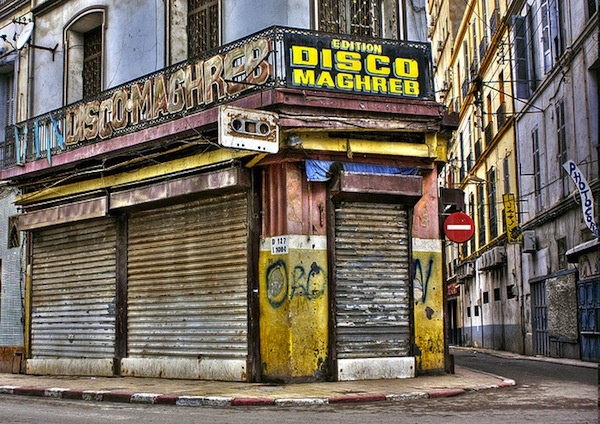
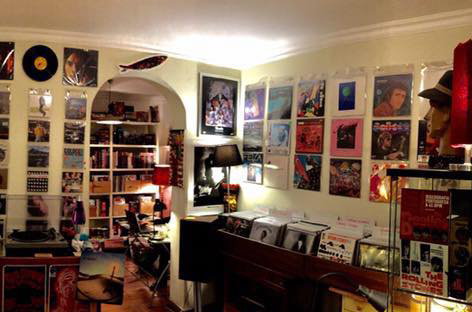
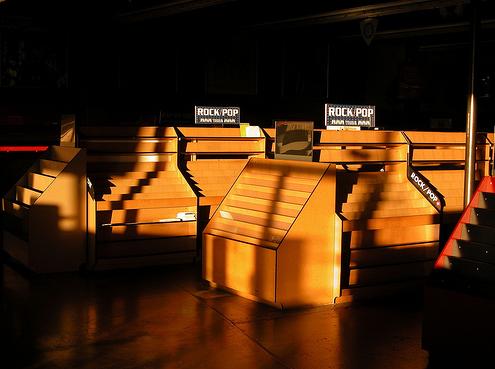
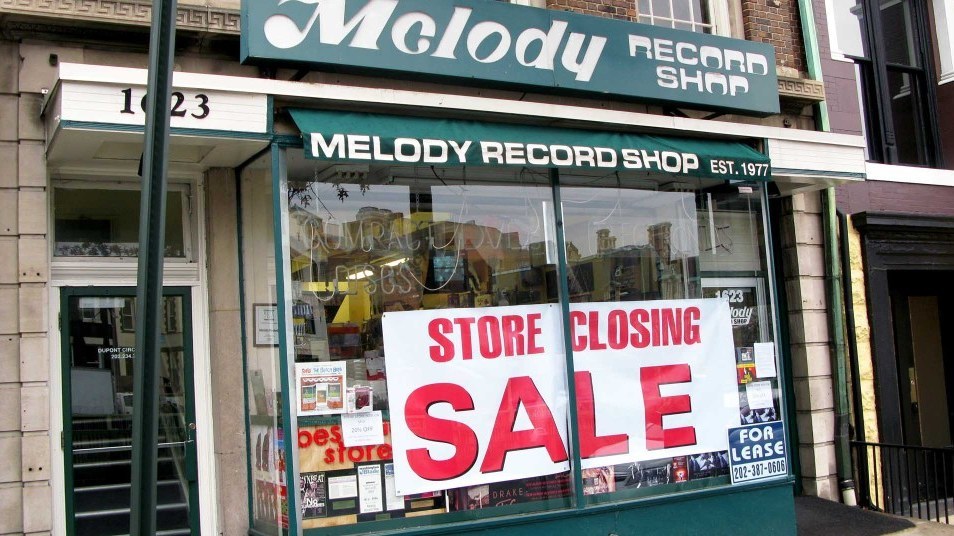

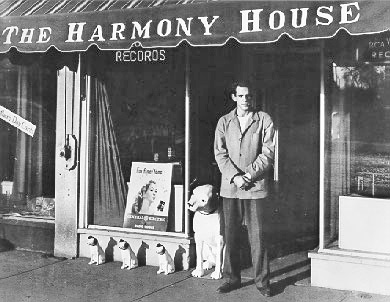
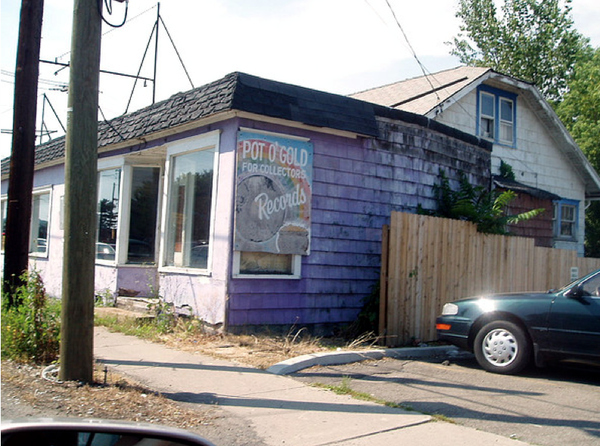

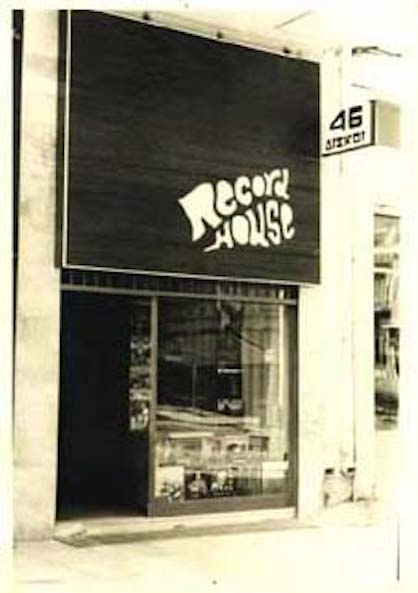
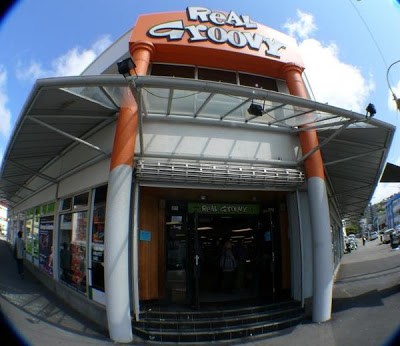

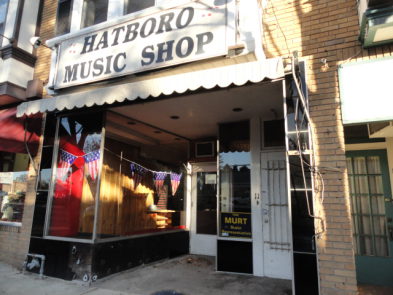
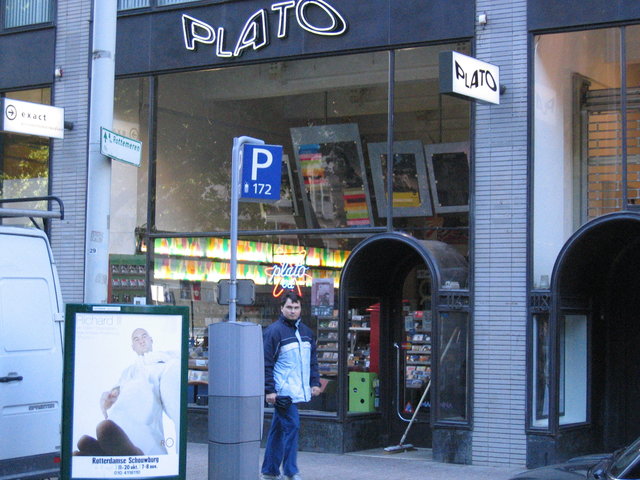

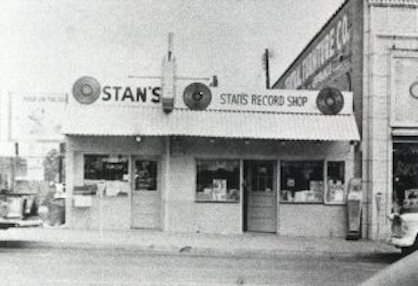


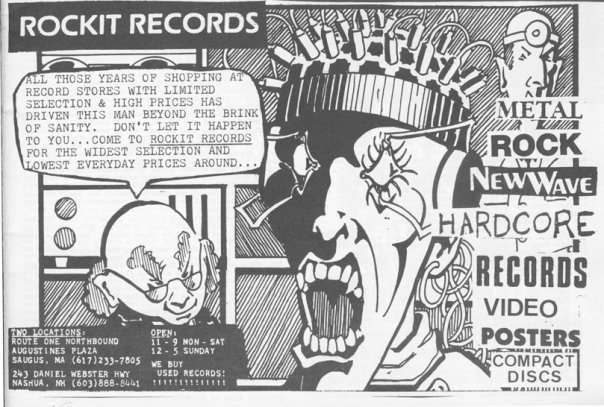
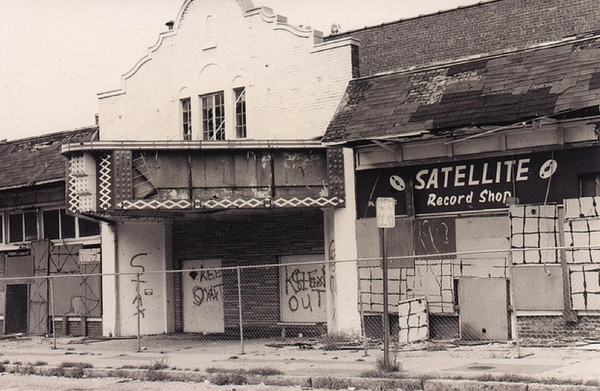
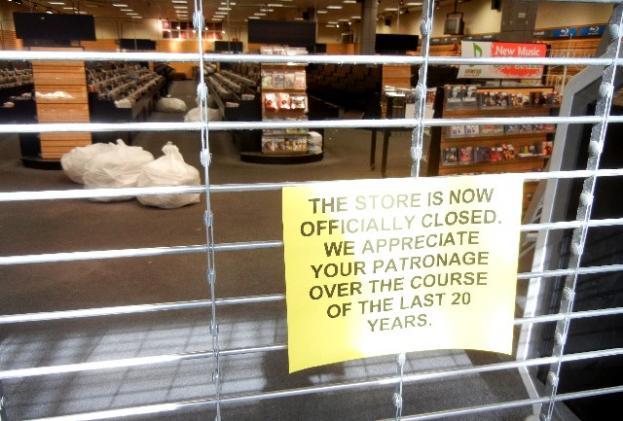
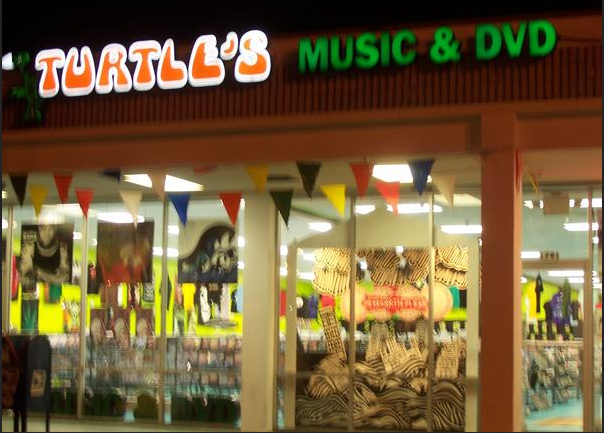
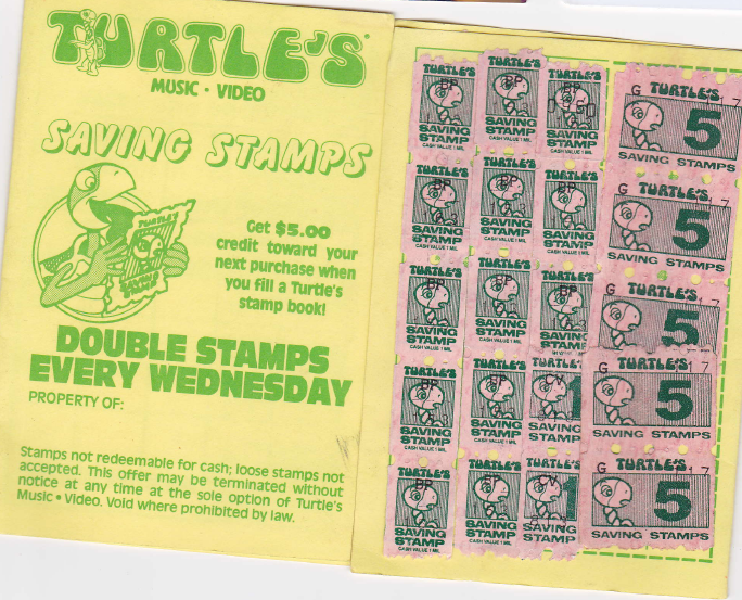
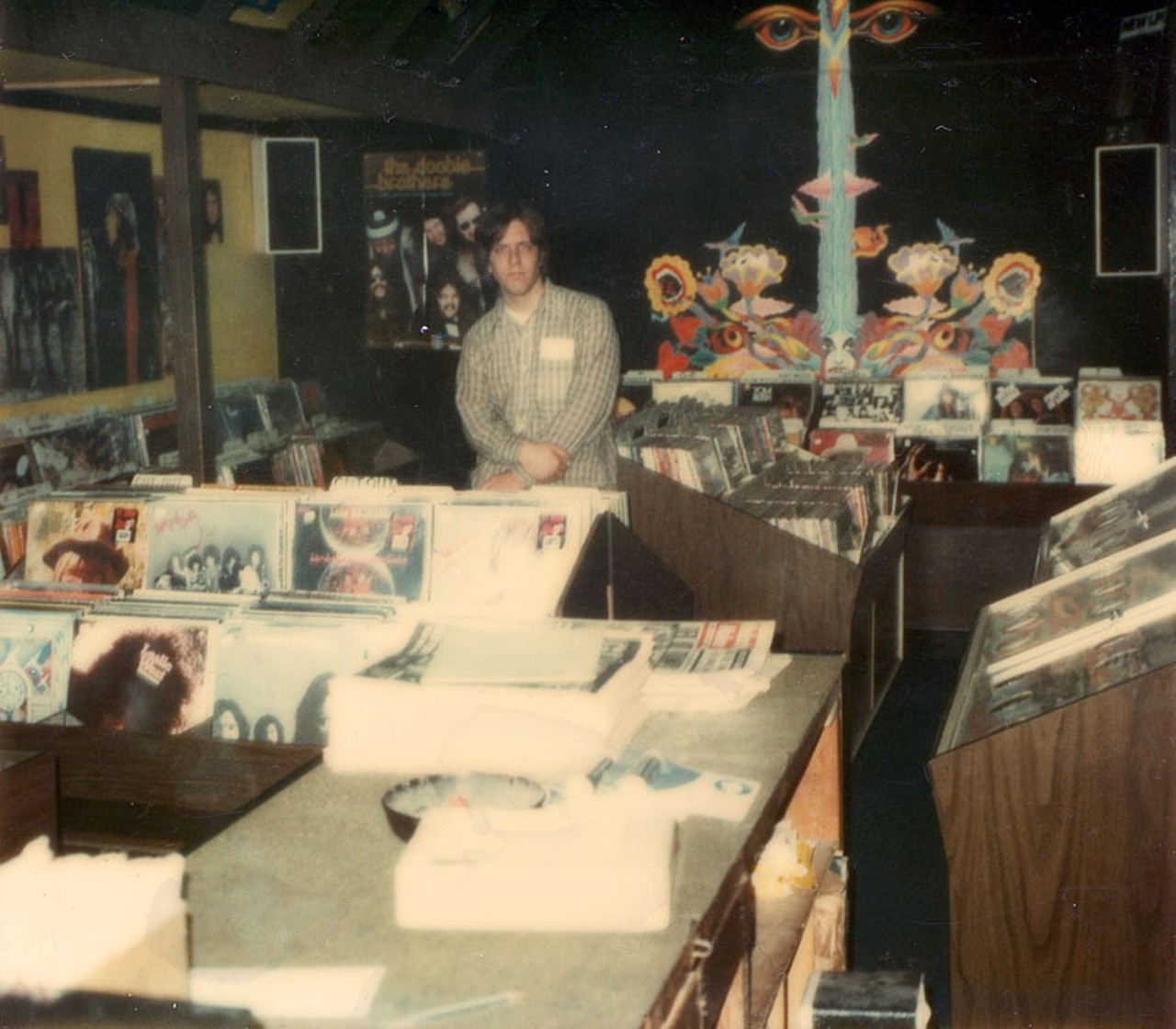


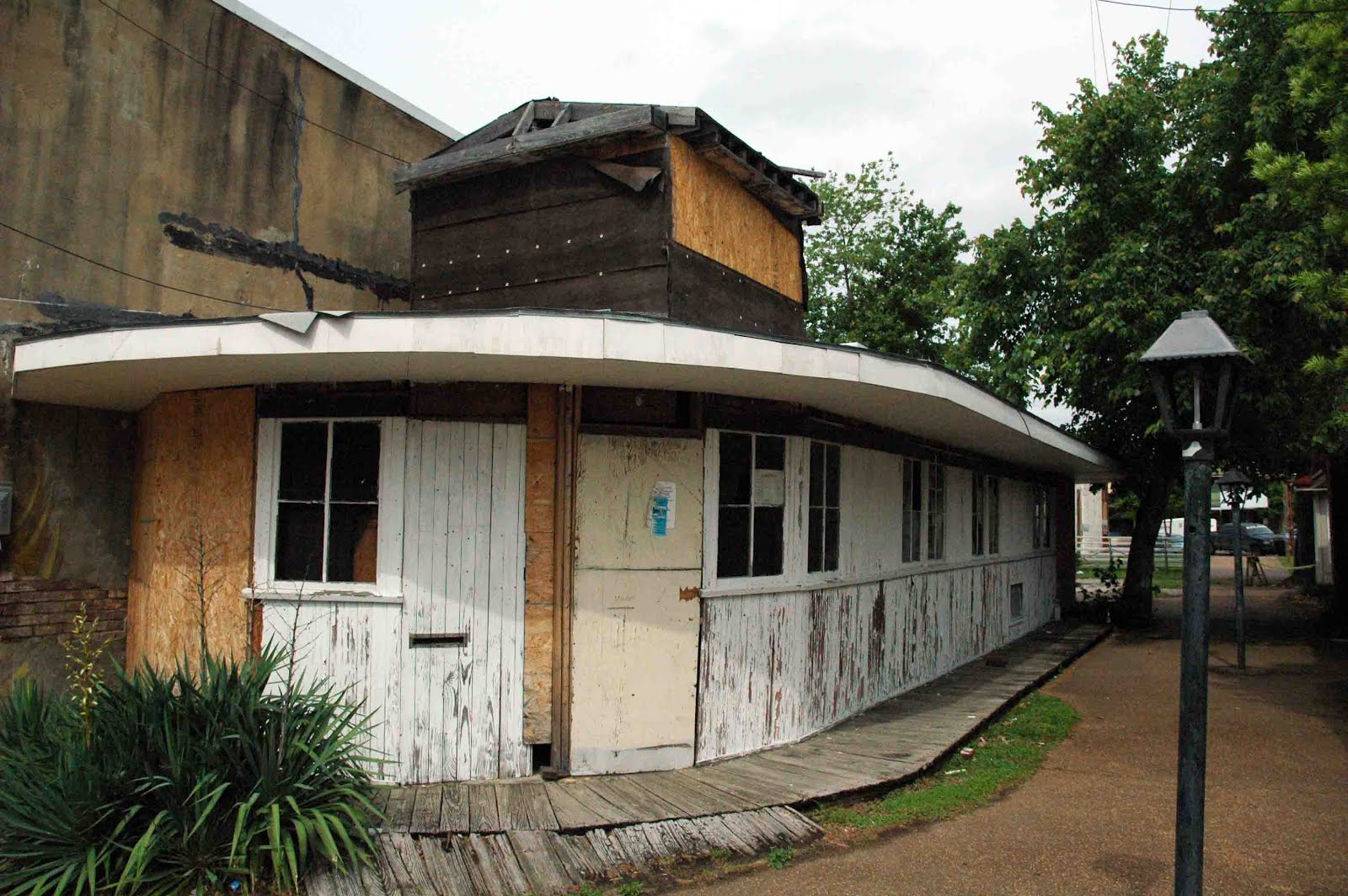
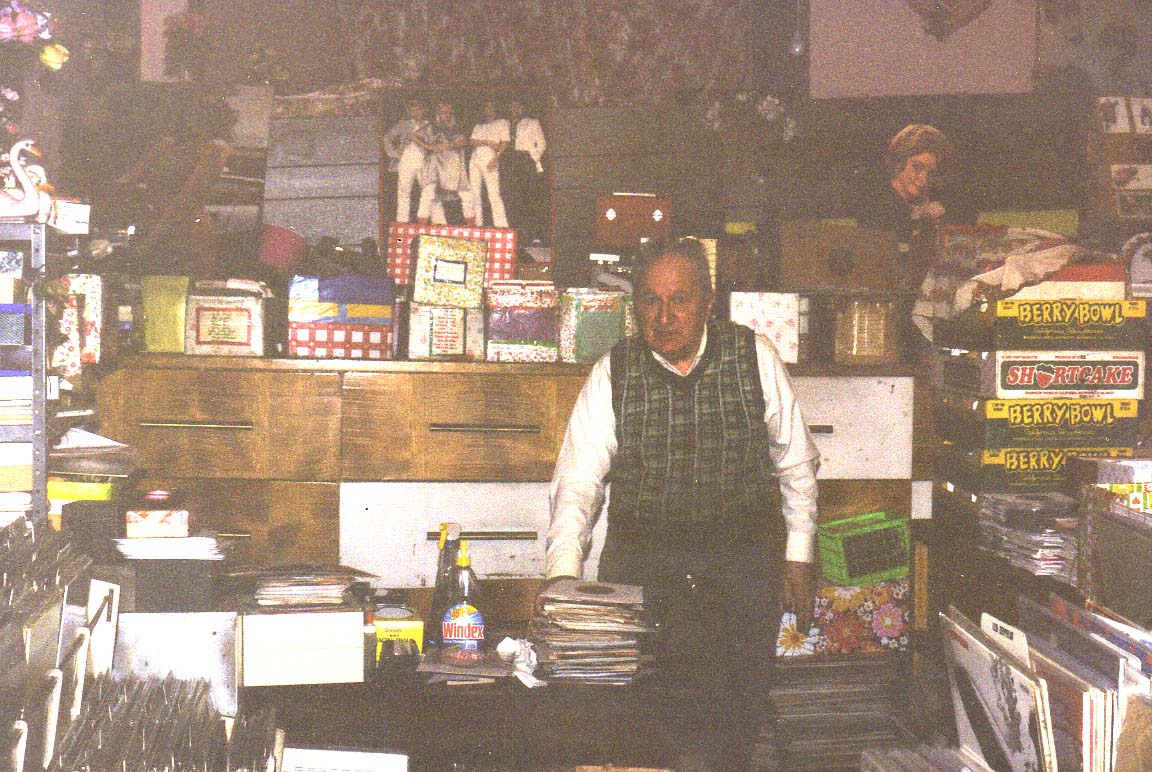
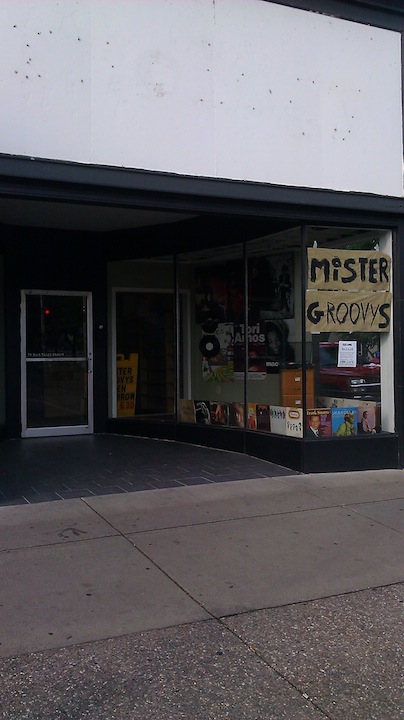
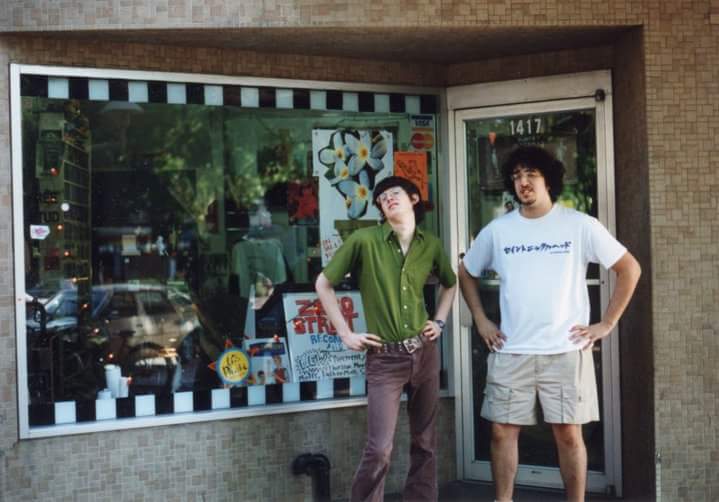

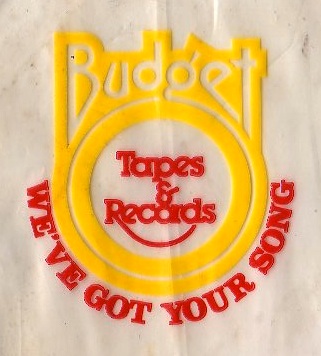
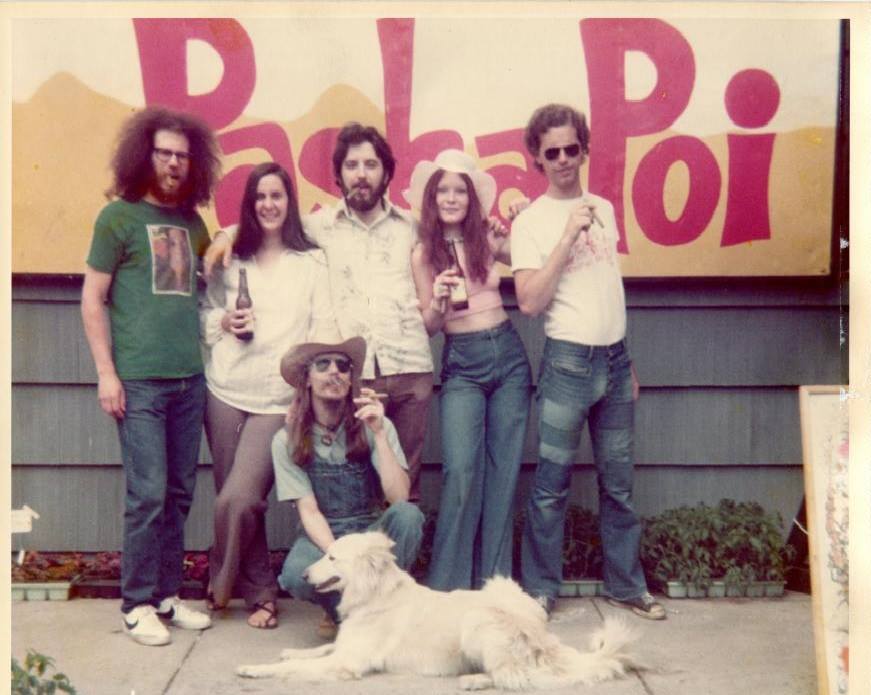
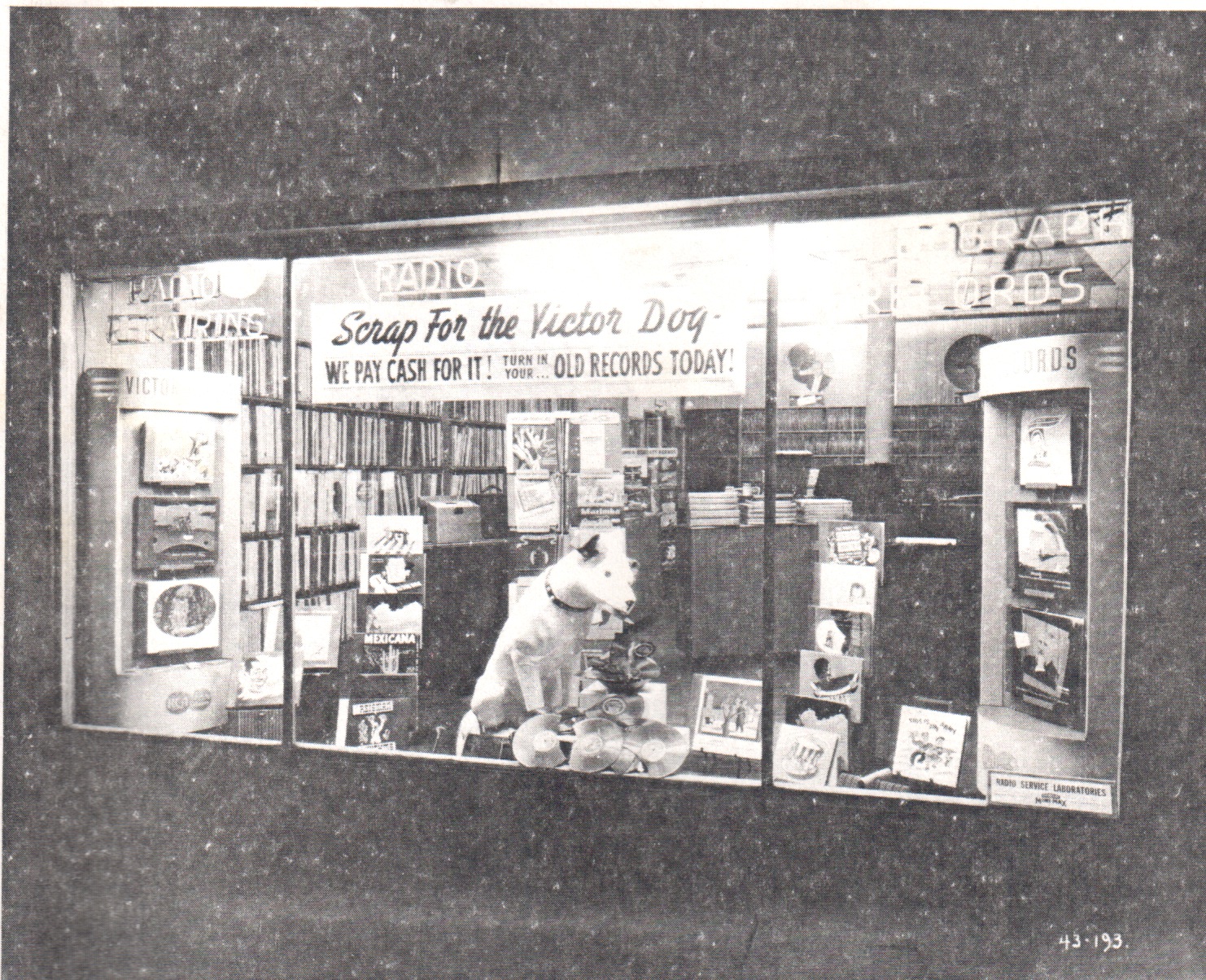
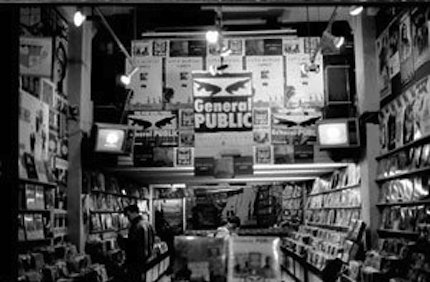




 Now available in North America
Now available in North America 